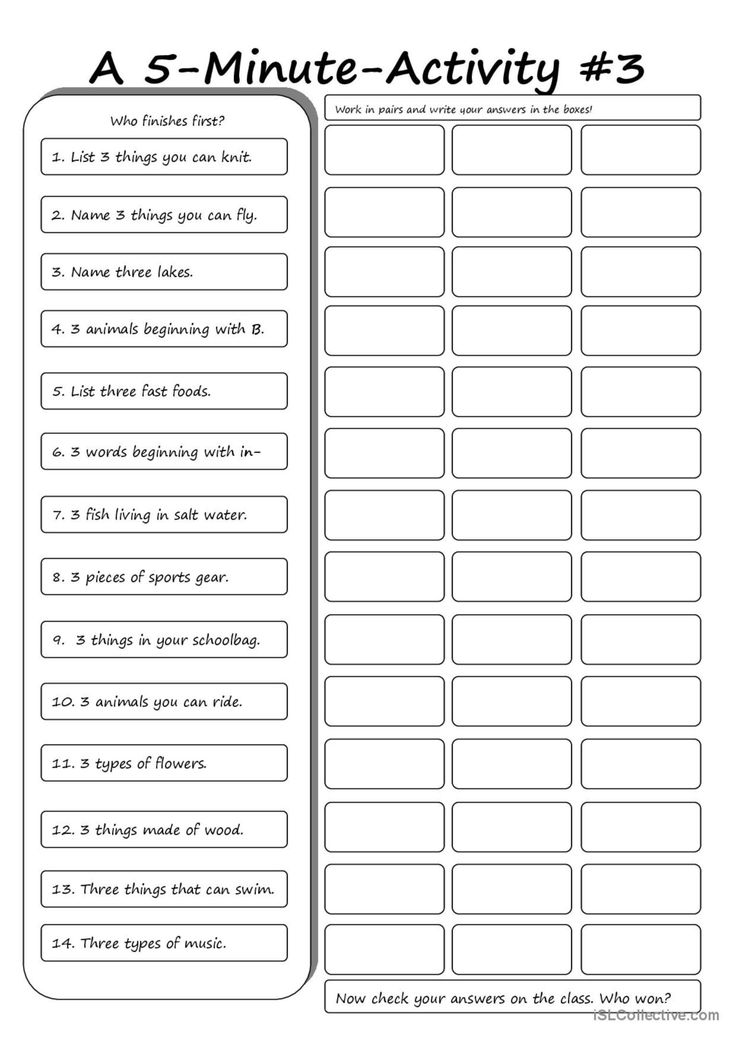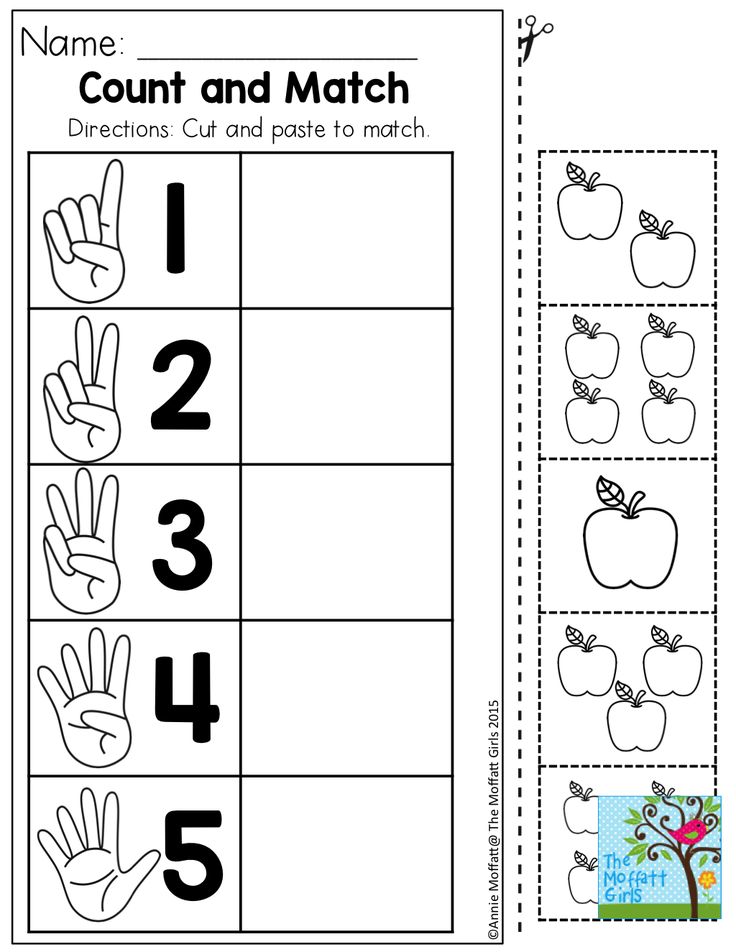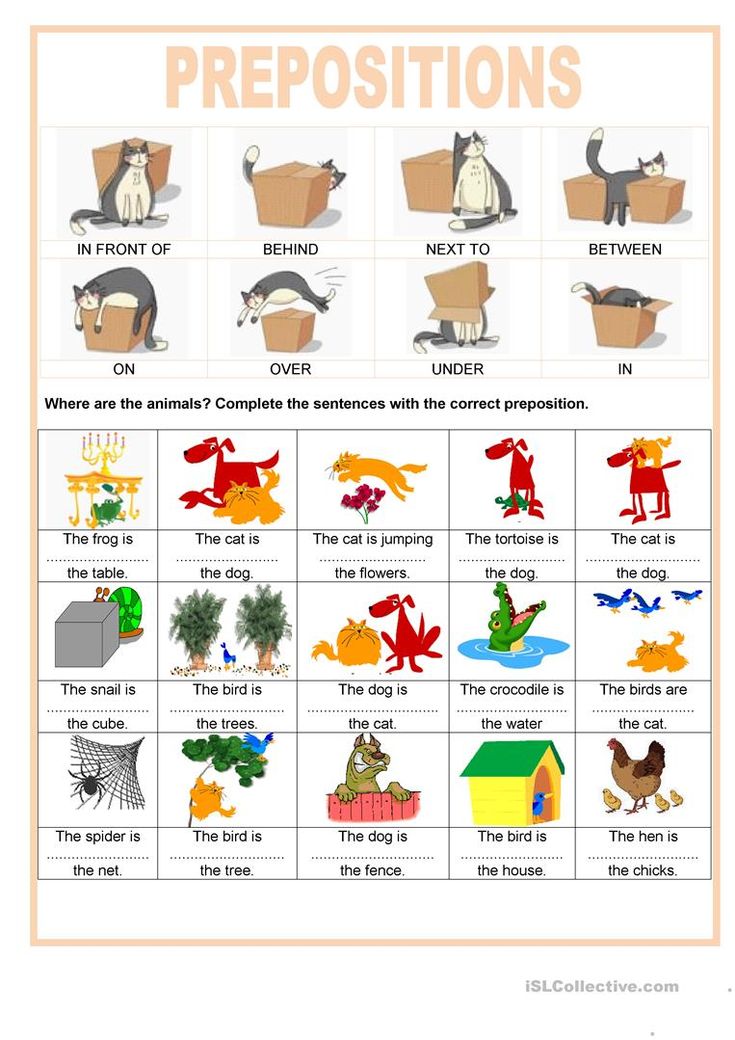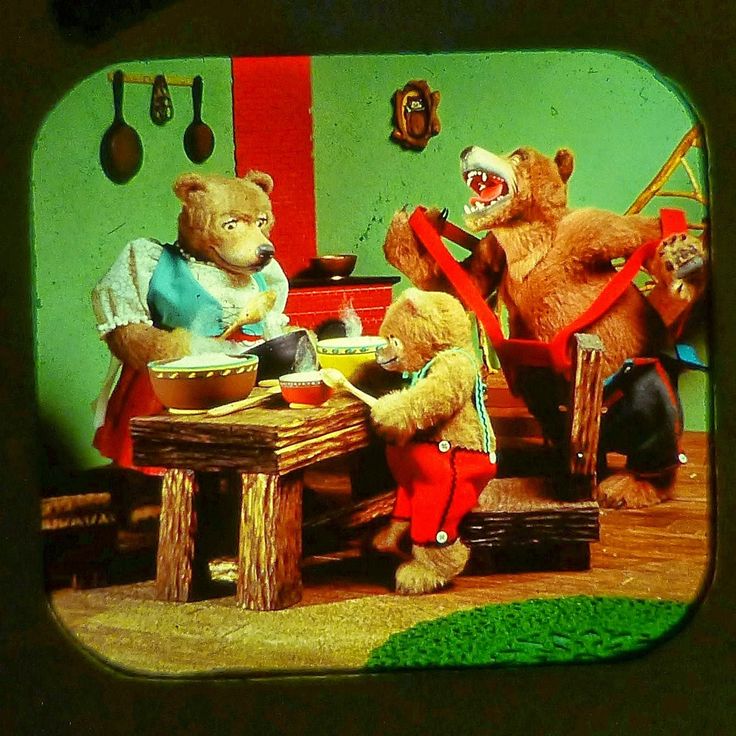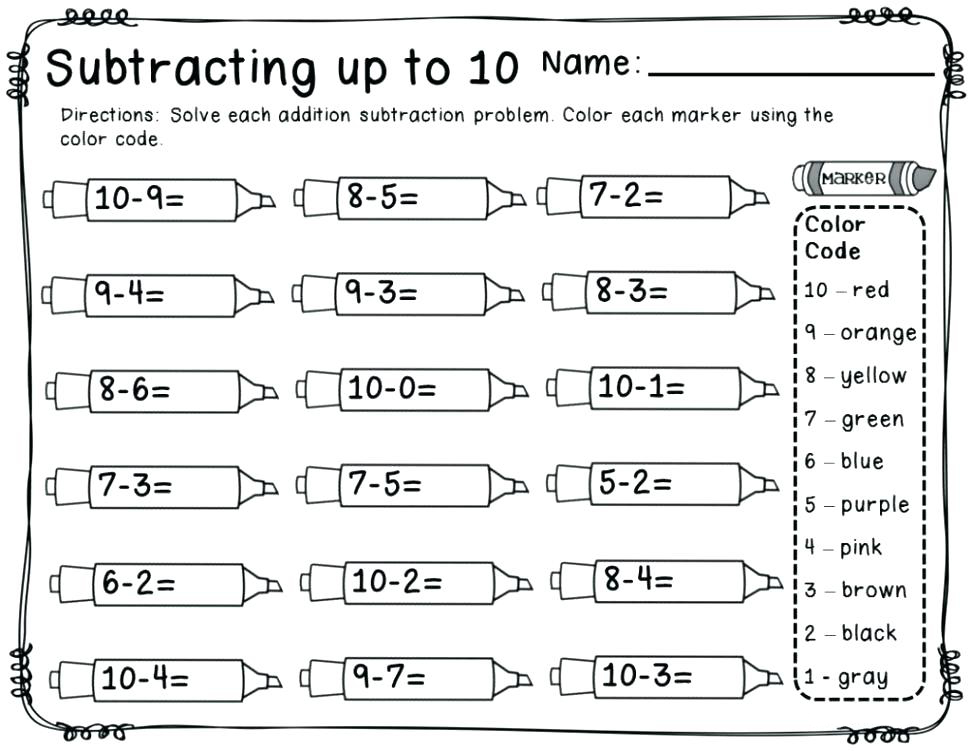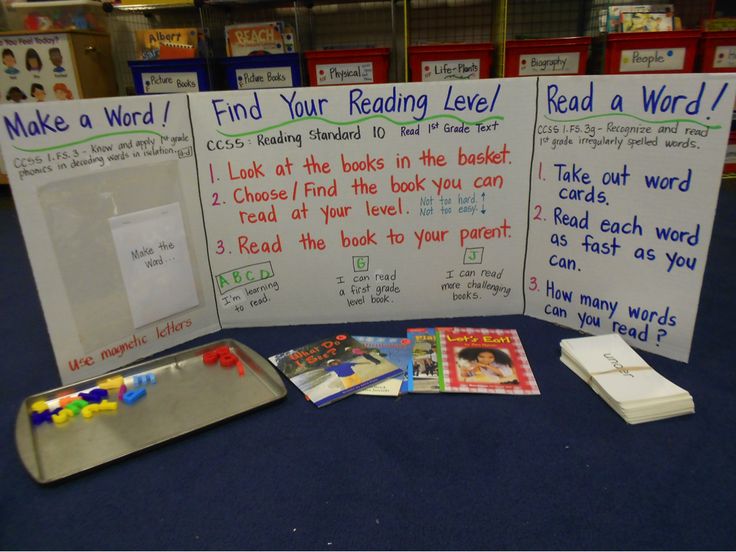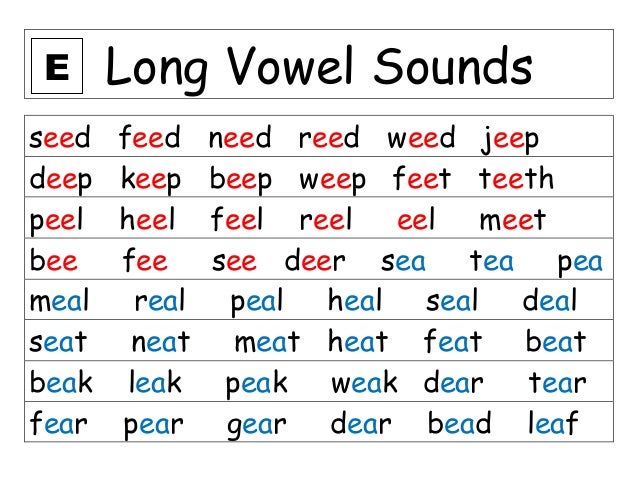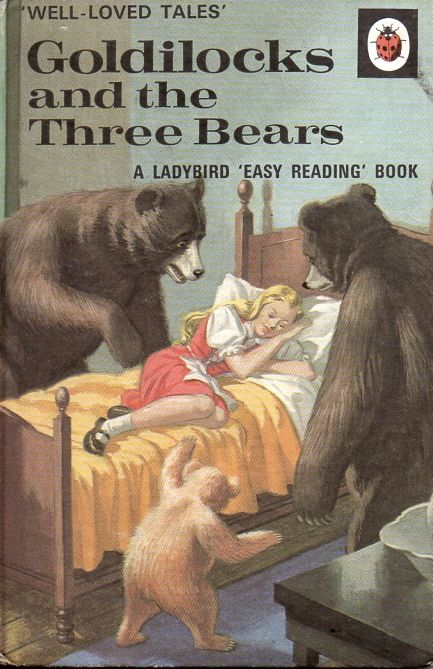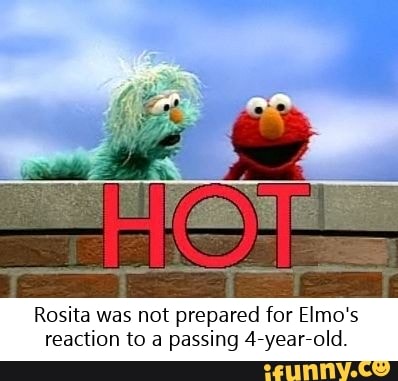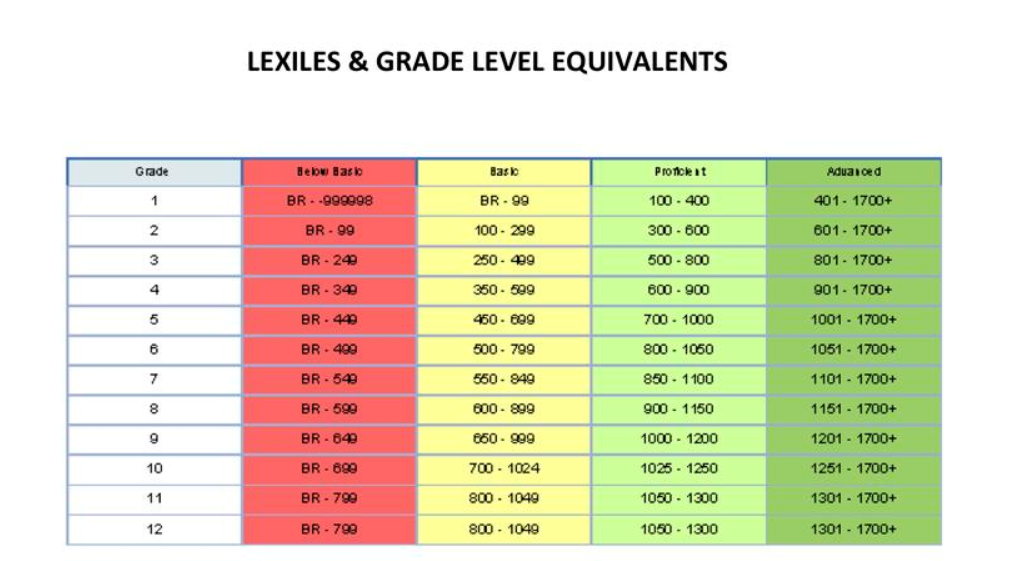Fun writing activities for 1st graders
Writing Activities for Your First Grader
Try these writing ideas at home
List maker
Ask your child to help you make a grocery list or a "to-do" list for weekend chores. Your child can dictate the list as you write, to model the process. Then switch roles, and ask your child to write the list as you dictate.
Family letters
Help your child write letters to relatives and friends. These may include thank you notes or just a special note to say hello. Be sure to send your child a letter or card once in awhile too so that she is reminded of how special it is to get a letter in the mail. And consider finding a pen pal for your child.
Family stories
Ask your child to draw a picture of a family activity and then write a sentence about it below the picture. Encourage your child to say the sentence and write letters to match the sounds in each word. Then have your child read what she wrote. Display the story on the refrigerator or a bulletin board — and celebrate the work!
Reader's theater
Encourage your child to read her stories out loud. Listen carefully with patience, and give positive feedback about her ideas and her writing!
Bookmaker
Turn your child's writing into books! Paste her drawings and writings on pieces of construction paper. For each book, make a cover out of heavier paper or cardboard, and add special art, a title, and her name as author. Punch holes in the pages and cover, and bind the book together with yarn or ribbon.
Field notes
Encourage your child to take notes on trips or outings, and to describe what she saw, using all of her senses. This could include a description of a walk outside, a ride in a car or a bus, or other events that lend themselves to note taking.
Message board
Hang a family message board in the kitchen and leave notes there for your child. Encourage your child to write a message back and post it to the board.
Label it
Young children love to name things! Ask your child to write out labels for the rooms and objects in your house.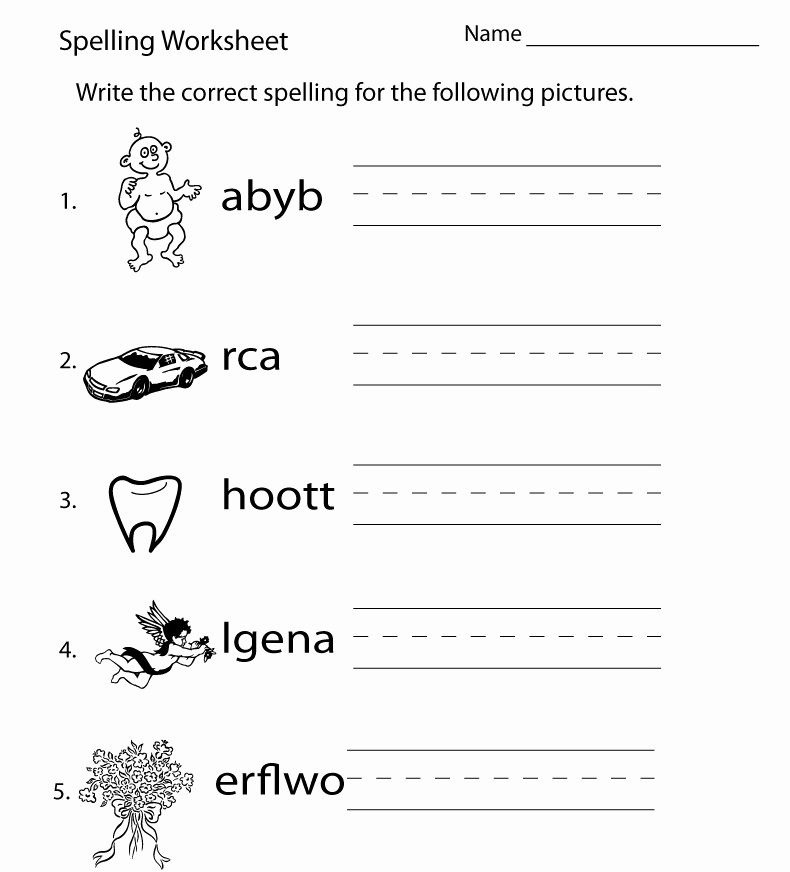 Don't worry about invented spellings! Help your child safely tape them up for temporary display. See a real-life example in this blog post, Using but confusing, with laundry.
Don't worry about invented spellings! Help your child safely tape them up for temporary display. See a real-life example in this blog post, Using but confusing, with laundry.
Make practice fun!
Give your child opportunities to practice writing by helping her sign birthday cards and make lists. As your child gets older, write together — have your child help you with the writing you do, including writing letters, shopping lists, and messages.
Young reporter
Encourage your child to take notes on trips or outings, and to describe what she saw. This could include a description of nature walks, a boat ride, a car trip, or other events that lend themselves to note-taking.
Writing to remember
If your child likes a particular song, suggest that she learn the words by writing them down. Also encourage copying favorite poems or quotations from books and plays.
Reader's theater
Encourage your child to read her stories out loud. Listen carefully without interrupting, and give her positive feedback about her ideas and her writing!
Play a game with pictures
Photos and images are great story sparkers.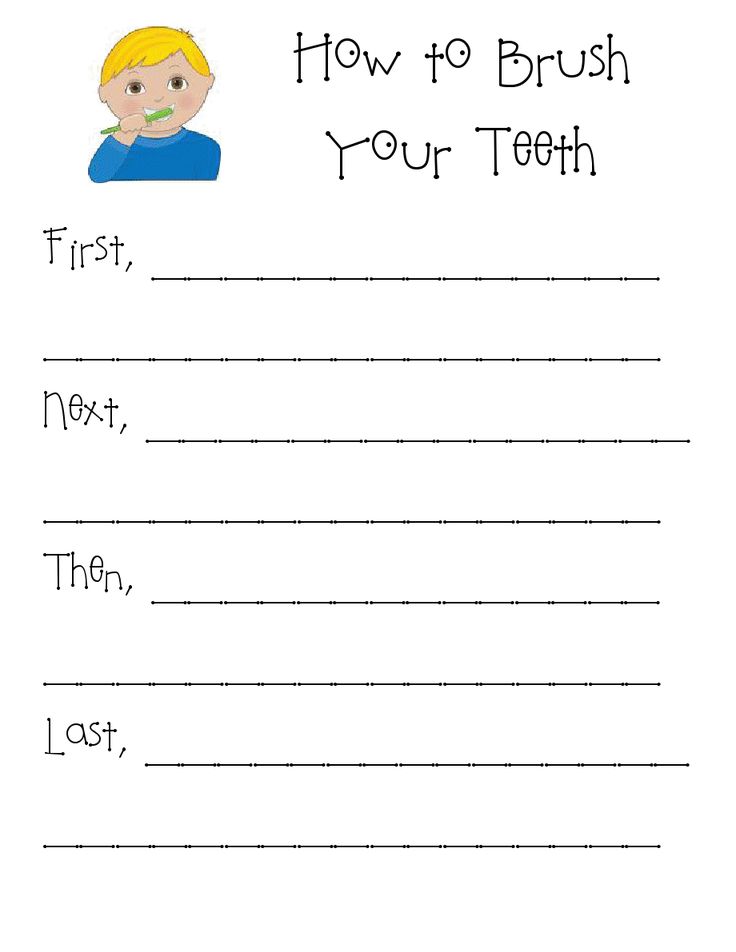 Do a web search and find a few interesting images. Or cut out pictures from magazines. The pictures can be realistic, such as a photo of students on a playground. Or they can be fantastical images, such as a superhero flying in space. Glue a couple images into a notebook. Then ask your child to write about one of them. You can prompt her, asking her to include what she sees, what the people are thinking, what will happen next—or just let her imagination run free.
Do a web search and find a few interesting images. Or cut out pictures from magazines. The pictures can be realistic, such as a photo of students on a playground. Or they can be fantastical images, such as a superhero flying in space. Glue a couple images into a notebook. Then ask your child to write about one of them. You can prompt her, asking her to include what she sees, what the people are thinking, what will happen next—or just let her imagination run free.
Make an “I can” book
As your child learns to write, she’ll also be learning other new skills. Making an “I Can” book will let her practice writing skills and keep track of her other accomplishments. Staple together a bunch of blank sheets of paper to make a book. As your child reaches a new milestone, such as learning to tie her shoes or hit a baseball, she can draw a picture on a new page of the book. Younger kids can then write, “I can tie my shoes.” Older kids can write a few sentences about what they’ve accomplished.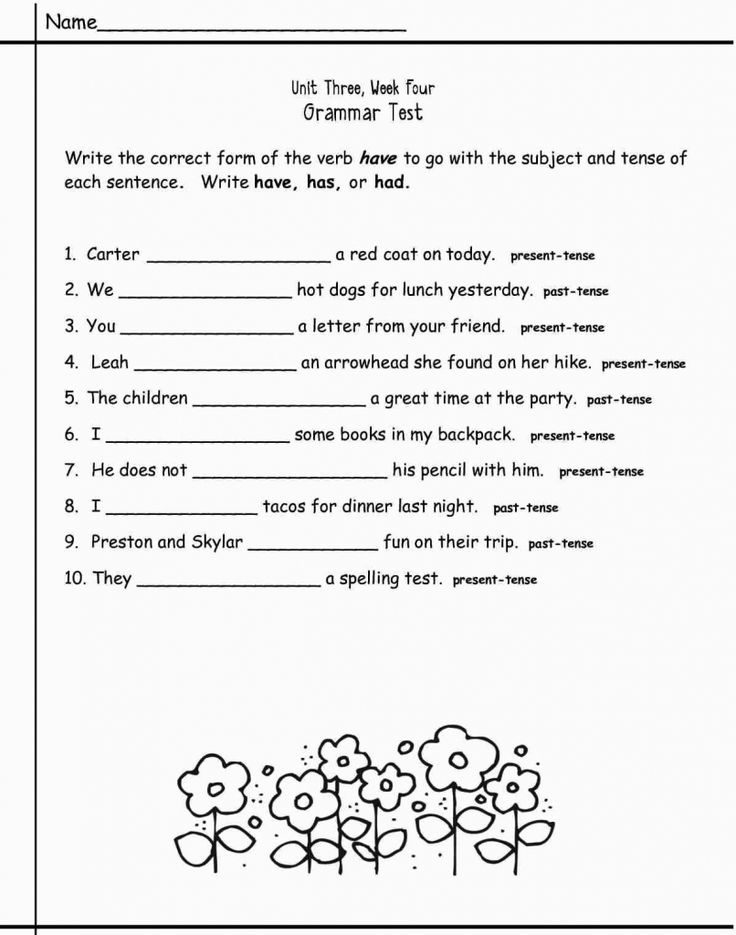
Create a family scrapbook
A family scrapbook is a great way to save memories and jump-start your child’s writing. Use an inexpensive photo album to keep souvenirs of things you do together. This can include photos, ticket stubs, and found objects, like pretty leaves. Your child can begin by writing the date and a line about where you were and what you did. Then, you can work together to write a more detailed summary. Don’t forget to include funny or even annoying moments!
Foster a love of writing with your first grader
This video is from Home Reading Helper, a resource for parents to elevate children’s reading at home provided by Read Charlotte. Find more video, parent activities, printables, and other resources at Home Reading Helper.
How to Make Writing Fun for 1st Graders
So you want to know how to make writing fun for 1st graders? I have the answers! :)
Writing should be engaging and exciting and a way for a child to express their creativity and personality.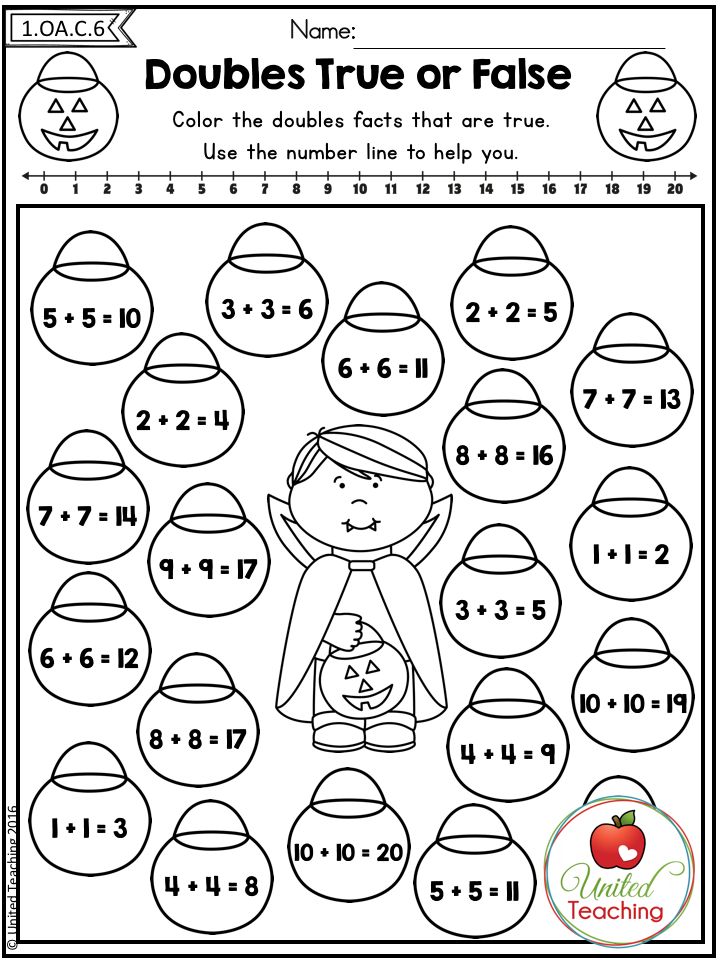 .. but what if your first grade students just don't enjoy writing?
.. but what if your first grade students just don't enjoy writing?
There are plenty of ways to make it fun for your reluctant writers!
1. Make writing into a craft activity!
I absolutely love writing crafts! I have them for pretty much every theme, holiday, and topic you can imagine.
Kids write a story, color the picture, cut it out, then glue it onto a piece of bright construction paper to make an instant, easy craft!
You read that correctly... Only 4 steps!
They can write as much or as little as they want then cut it out and it's such great writing practice.
As you can see above, there is the main page that is connected to a picture. It's all ONE piece, which makes it extremely easy for cutting out that even kindergarten students can do. Then, there are also additional pages if they have more to say!
Because the page attached to the picture they color only has 4 lines and because the image is so huge, it looks really inviting to kids.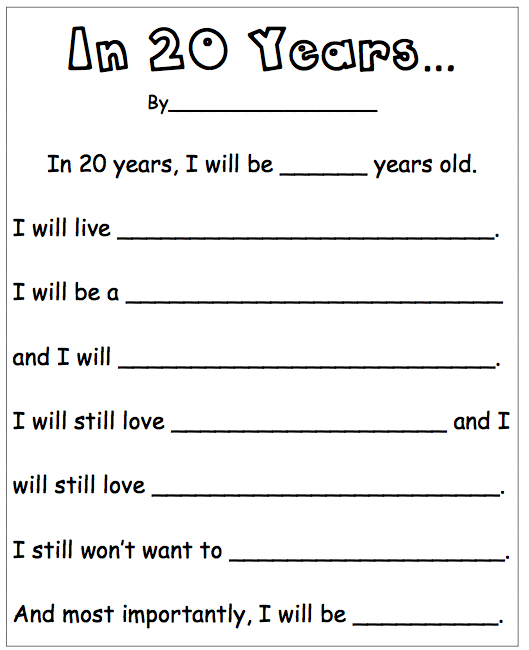 .. and, more importantly, doable, whereas a sheet of blank lines can look really daunting.
.. and, more importantly, doable, whereas a sheet of blank lines can look really daunting.
The picture can inspire them to write as well as make it simply look more fun.
If you have some 1st graders who love to write, I actually have each craft in 3 difficulty levels: a 4 lines version (like the one above), a 5 lines version, and a 6 lines version so that you can pick "harder" versions if you have kids who like to write a lot! The picture gets smaller as the amount of lines increases.
You can differentiate it even further by how many pages they can write for the same craft... which is limitless, really!
They simply glue the pages together by putting a line of glue in the space where the title normally is and placing pages on top of each other. I very much prefer glue sticks for this! These are the glue sticks I love to use. In my experience, they roll on soo easily across that title area and stick on super easily. It makes the crafts beautiful!
The "extra" pages get glued to the back of the main page (the picture/lines combination page) so that the pages go in order.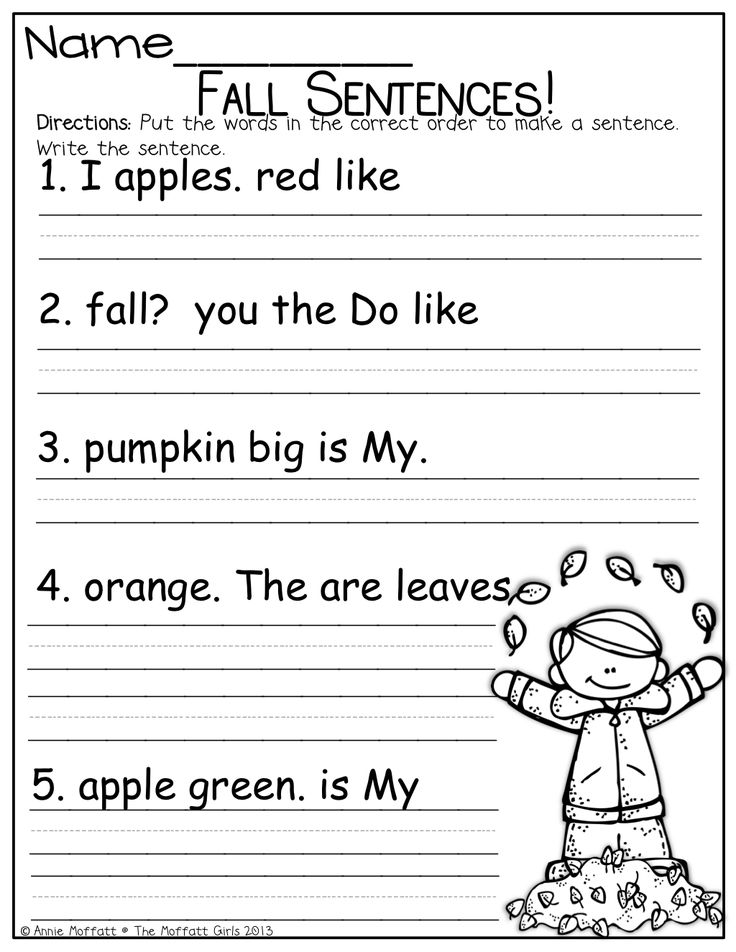
Anyway, I love when kids can add pages to it because then it becomes a story they can flip through and it simply looks way cooler too!
Here are THREE fun, FREE writing crafts you can do right away! I hope you love them :)
This free pack includes How to Be a Friend, If I Met an Alien, and The Best Field Trip so you have a procedural writing (how to), a fun creative writing prompt, and a narrative for the best field trip they ever went on. You could also use the best field trip for them to write creatively to describe what would be the best field trip ever.
If you love them and decide that you want more of them, you can browse all the writing crafts I have available if you want to check them out! :)
These make such a great bulletin board as well!!! AND IT'S SO EASY. All you do is print them and hand them to kids and all they do is write, color, cut, and glue for an instant new bulletin board display!
If finding the time to keep your bulletin boards up to date and cute is a struggle for you at all, these will save you SO much time.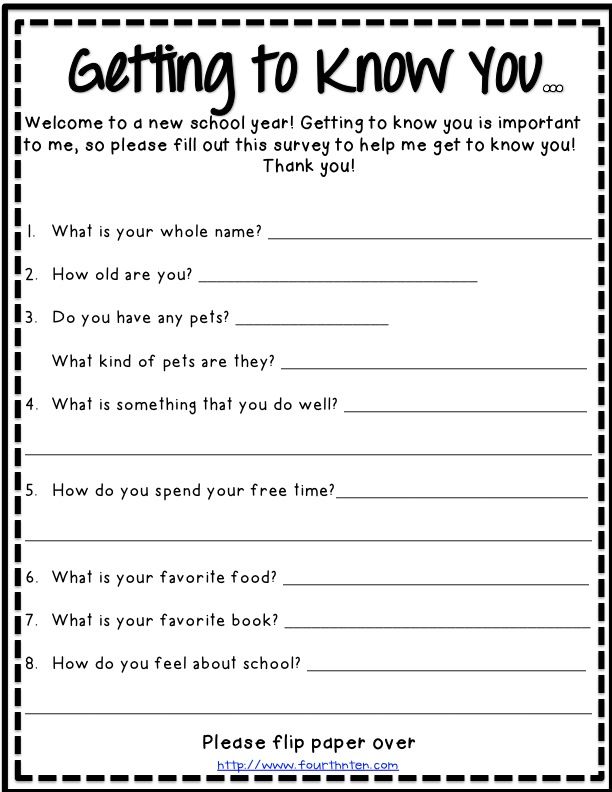 Not having to think of a new project, prep that project, actually do the project, and then arrange it all cutely on your board... so nice to not have to do all that!
Not having to think of a new project, prep that project, actually do the project, and then arrange it all cutely on your board... so nice to not have to do all that!
Having these for each holiday / theme going on makes it so easy to switch out bulletin boards quickly and easily. Plus the kids LOVE to see their writing and finished work and they look so beautiful on your board, especially if they add the "extra" pages that can be flipped. People who walk by will be thinking, "How did they have the time to do another cute writing project??"
I love that it makes kids proud of their work, too, and it's also a great display for parents to see. Parents love to be able to see their child's work and read it and kids are proud to point it out. I could go on and on about this, but making kids PROUD of their writing & excited to show it off really helps it be fun too! You could even encourage teachers who walk down your hall to compliment kids / your class on their writing so they know people who walk by are looking at it and admiring it.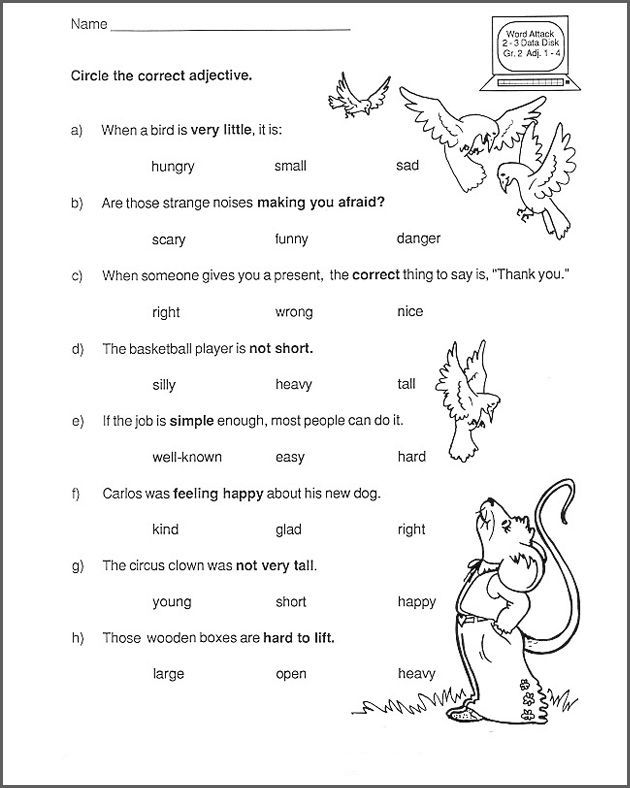 Ask a teacher friend to come in your room and say, "Oh my goodness Miss Giraffe, your students' writing out there about If I Lived in an Igloo is SO fantastic! What great writers you have in here!" Seems silly, but your kids will be beaming. Beaming, I tell you. And it takes 5 seconds. A compliment seems to mean 1000x more to them when it's from a random adult outside your room.
Ask a teacher friend to come in your room and say, "Oh my goodness Miss Giraffe, your students' writing out there about If I Lived in an Igloo is SO fantastic! What great writers you have in here!" Seems silly, but your kids will be beaming. Beaming, I tell you. And it takes 5 seconds. A compliment seems to mean 1000x more to them when it's from a random adult outside your room.
A few bulletin board hacks for you since we're on the topic:
- Since these crafts will always be the exact same size (the size of construction paper), you can space them out perfectly ONE TIME. Then, each time you switch out the bulletin board, take down 1 craft at a time and immediately replace it in the exact same spot with the new one. So you only ever have to line them up perfectly one time. Or at least until you want to change the background color :) Isn't that amazing though?! Extra tip: Draw the tiniest little line around the 2 top corners of each one with a pencil (ever so lightly so you can't see it) so you know exactly where each one was.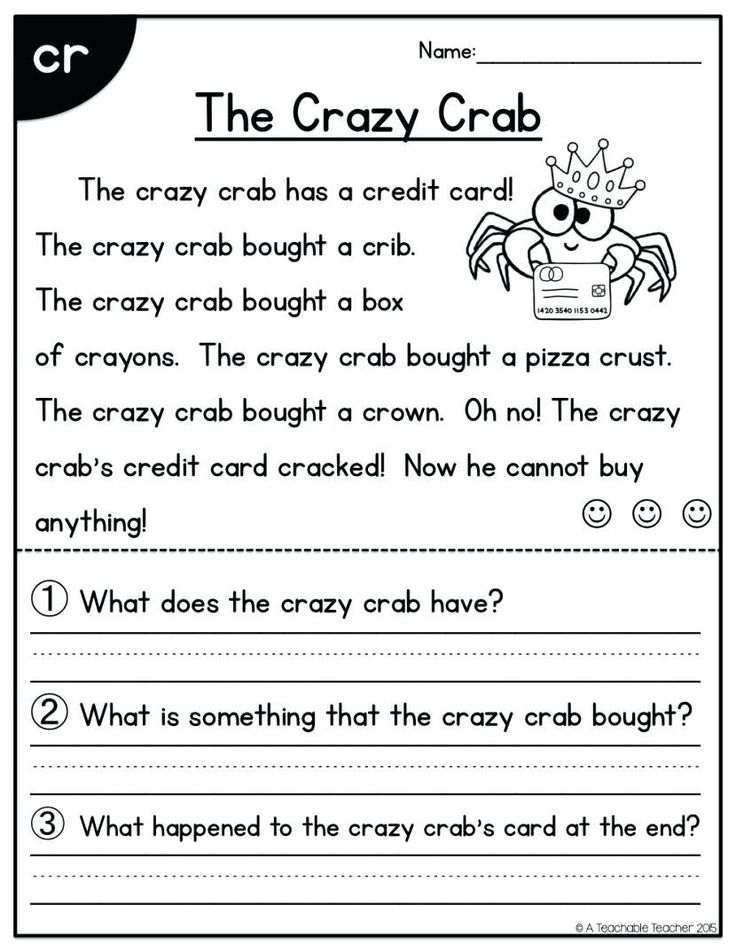
- If you do the tip above, you'll also have the same amount of space for the title of your display each time. Make your own letters so you can pick the exact size! I wrote this really easy tutorial for how to make your own bulletin board letters so you can always have the exact title you need. :)
- This is how I organize my actual borders - if you have a lot of them, you may find it helpful. I recommend picking one in a color that goes with A LOT of potential displays so that you don't have to change it often... or ever. Same with the background! Pick a color you can leave up all year if you're fine with that! :)
2. Inspire your young writers with a lot of pictures!
If you want your kids to write, you have to inspire them! One of the easiest ways a child begins to dislike writing and becomes a reluctant writer is that they feel frustrated with not knowing what to write about.
So put out writing charts wherever they write!
I have THEMED writing charts that I love for writing centers. They have topics like ocean animals, farm animals, construction, zoo animals, bugs, pets, beach words, and so on.
They have topics like ocean animals, farm animals, construction, zoo animals, bugs, pets, beach words, and so on.
They make it really easy to find a topic and start writing!
(I actually have a set of these in Spanish too!)
I also have them for each alphabet letter sound. Each letter has its own page.
If you scroll down in my Teaching Letter Sounds post, you can see some of them in the picture I showed.
Those are my Alphabet Writing Charts set so if you're reading this for help with a kindergarten student that is learning a letter a week, then those are great!
If you're reading this for first graders, then I'd recommend the Phonics Sounds Writing Charts instead. Each chart has pictures and words for the phonics sound(s) you're learning that week so they can write using those.
One fun thing that you can do is put the writing charts in sheet protectors in a binder then prop up the binder like my example above.
What I love about this set up is that you can display the chart on whatever theme / letter / phonics sound you're focusing on that week, but kids can also FLIP through the pages in the binder if they want to find words they've done before or for more inspiration.
I absolutely love these because you can put out a fun themed writing chart about farm animals, for example, and now they have a fun topic to write about. The fun pictures can inspire them to know what to write about and it really helps their writing skills and confidence to have words already there for them.
3. Remove any frustrations for reluctant writers
On that note, besides not knowing what to write about, another common writing frustration for 1st graders can be not knowing how to spell words they want to write.
Having the words written for them on those charts alleviates that barrier.
You can also have picture word cards in the area that they write so they can pick them up, look at them, and write them.
You could also simply have them pick up 2 or 3 and write a story about them. I have a ton of picture word cards (I show a lot of examples in my How to Organize Phonics Pocket Chart Centers post) so those are easy for kids to look at and know how to spell.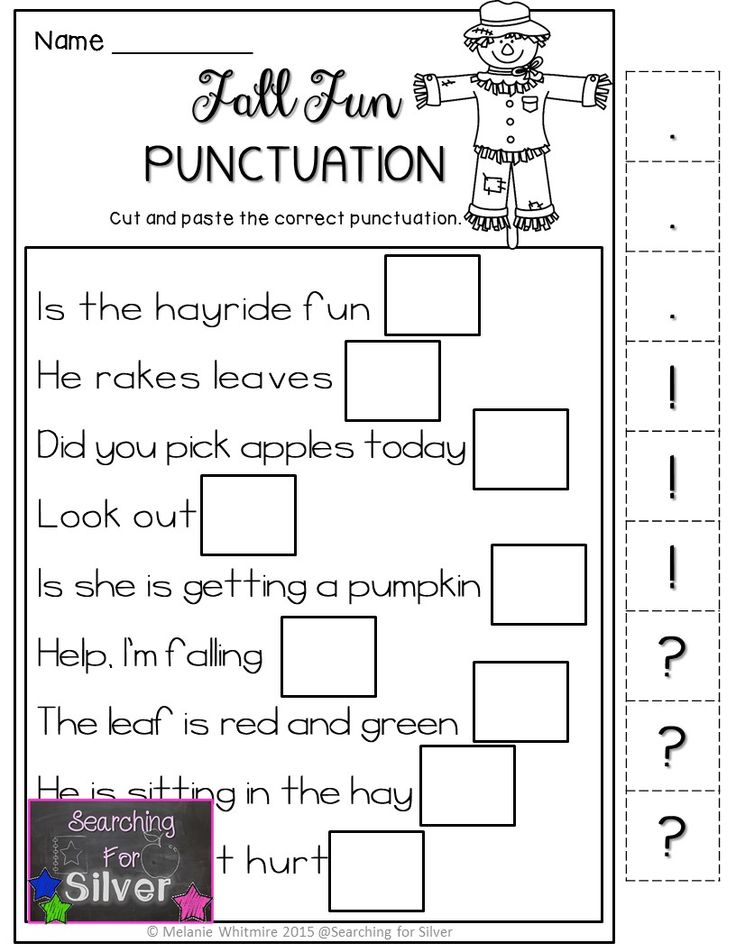
As many places as you can have words for them to copy with pictures, the better!
You can even put the words for them to use right on their writing paper!
This picture is from the post where I showed my Phonics Sound Binders using my Long I binder as an example so that's why it's in a binder if you're wondering. :)
These 2 pages above are a great example of the 2 styles of writing sheets I put words down the side of.
If you look closely, you'll notice both sheets have the exact same words - all words with the long I with a silent E sound. One has a picture box with writing lines. The one on the left side has 3 separate picture boxes and writing lines areas so that they only have to come up with 3 individual sentences, rather than a whole story.
This is an easy way to easily differentiate and not overwhelm your struggling writers. The more you can support your beginning writers, the better. Having the words literally on their paper is so, so helpful.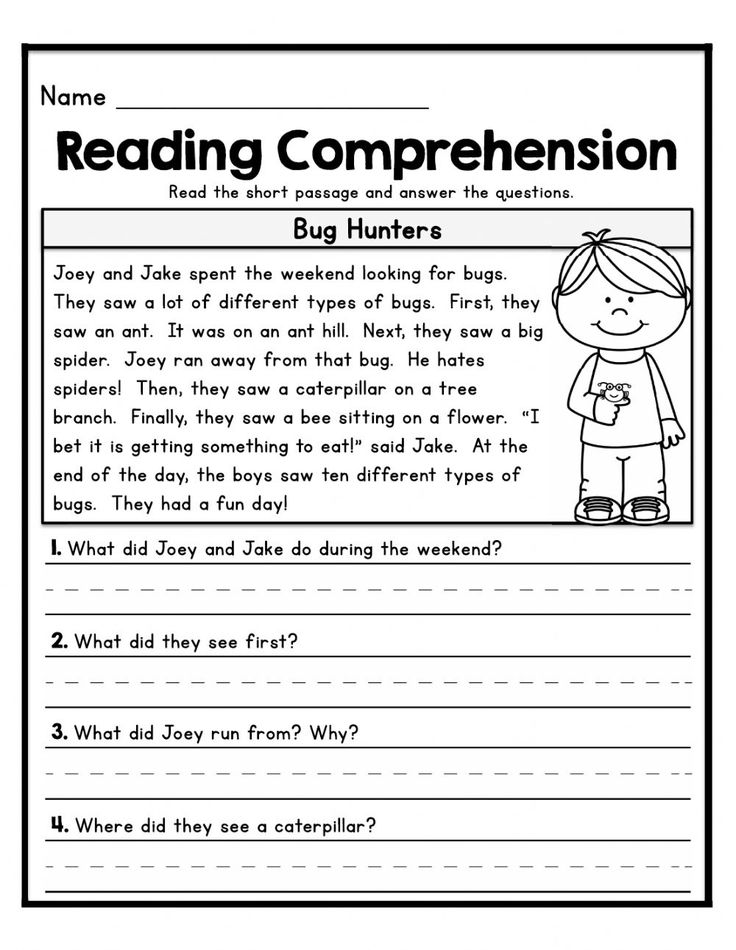
The words down the side give them topics to write about, as well as lets them know exactly how to spell the words. They can simply focus on writing, rather than, "How do you spell...?" :)
I have these pages in each No Prep Phonics Pack for each sound (scroll this page slightly if you want to see all the sounds I have) and then I also bundled them separately in my Phonics Pictures Writing Helper Pages pack.
I waayyy recommend the phonics packs instead if you want those pages, though. There are a ton of fun activities in each pack. Even if you think you only want the writing pages, I encourage you to try 1 phonics pack instead, for whatever sound you're doing, and try them out first. Because if you end up wanting the phonics packs later, then you'll already have all those pages for each sound.
You can see a lot of pictures of the no prep worksheets / activities in those packs in my Digraphs Teaching Ideas post, the EW UE UI activities post, and also the Short A activities post. They show other fun activities for those sounds but all 3 of those show a decent amount of the worksheets in those packs. The activities are consistent from pack to pack (so you only ever teach how to do them once) so it'll give you a great idea of what they're like :)
They show other fun activities for those sounds but all 3 of those show a decent amount of the worksheets in those packs. The activities are consistent from pack to pack (so you only ever teach how to do them once) so it'll give you a great idea of what they're like :)
Anyway! The point I am trying to make is: provide LOTS of pictures of words that are spelled for them to support them in their writing.
Another quick note -
Make sure they are comfortable while they're writing. You want them to be able to write in a comfy spot, even if it's just at their desk. They need space and quiet. You could allow flexible seating for them to choose a spot where they are comfortable (if you're able to) and allow them to freely write. Don't correct how they're holding their pencil while they're trying to write creatively. Yes, they're still learning how to write at this age but you want them to focus on only one hard task at a time. If they are left handed especially, let them hold their paper however they want to.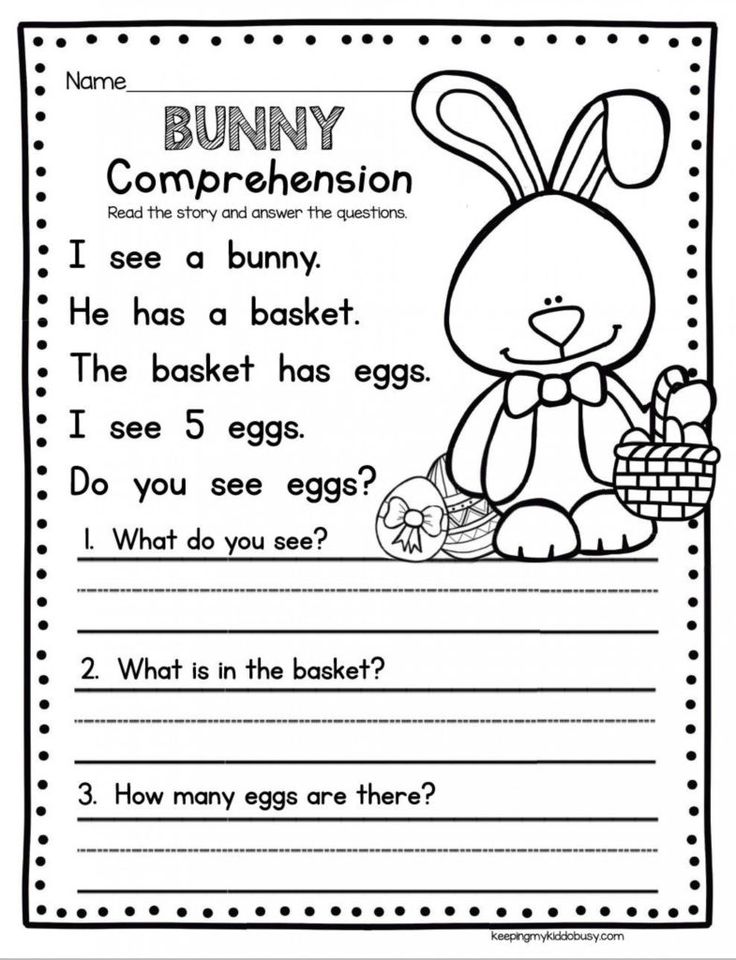 You want their focus to be as much on their writing as possible and limit any distractions, frustrations, and discomforts in order to make writing as fun as possible.
You want their focus to be as much on their writing as possible and limit any distractions, frustrations, and discomforts in order to make writing as fun as possible.
4. Let your students write about topics they're interested in!
If a student loves space, let them write about space! The writing crafts I mentioned above are AWESOME to throw into a writing center so students can choose the topic they write about.
I show more of these Space Writing Crafts in my giant New to First Grade? Everything You Need to Know! post that explains how you can incorporate science into your day by integrating it into other subjects... like writing :)
That post also shows a few more writing crafts for back to school and classroom management if you want to see more of them. I also have posts that show some of the crafts I like for each month. You can see links to them under the "Monthly Writing Crafts and Ideas" section of this page:
Miss Giraffe - Organized List of Posts
Those are showing mostly seasonal ones but I have them for a ton of different creative writing, how to writing, narrative writing, and opinion writing topics too!
I recommend printing out a bunch of random ones and putting them in a place where kids can choose the one they want.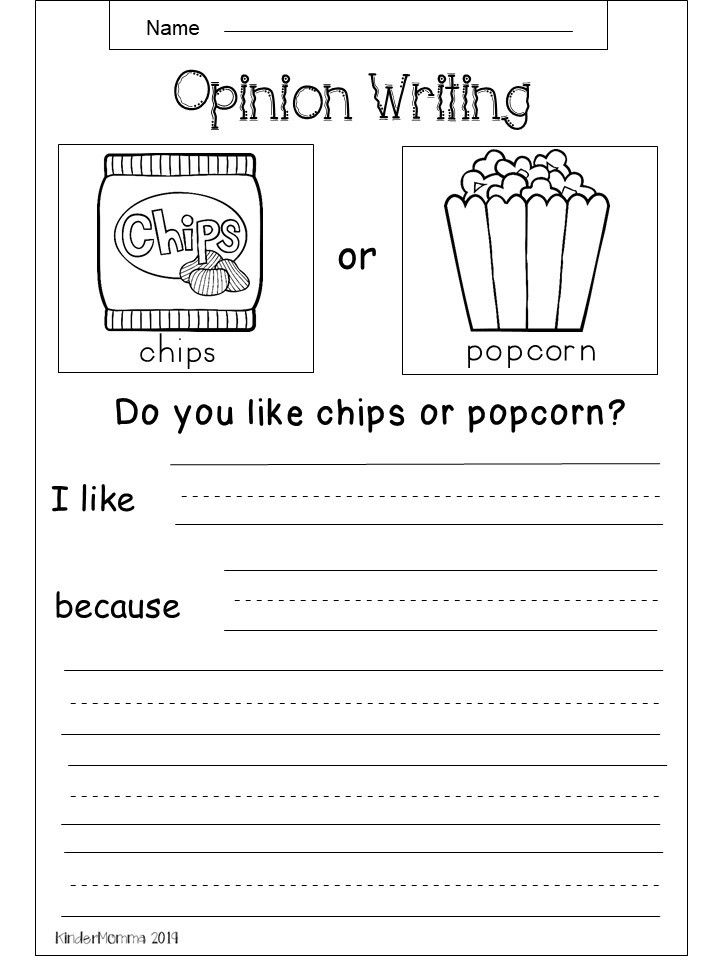 This makes an AWESOME fast finisher bin that kids who finish their work early can grab and do a fun little project. Just the fact that they can pick the one they do makes it all of a sudden seem like a reward. I'm sure you've noticed that too! :) Even if it's a math center they had to do at one point... now, if they get to choose it, it's all of a sudden a treat. Such a fascinating first grade phenomenon. And kindergarten phenomenon. And, if I'm being honest, adult phenomenon lol :) Yes, it works on us too!
This makes an AWESOME fast finisher bin that kids who finish their work early can grab and do a fun little project. Just the fact that they can pick the one they do makes it all of a sudden seem like a reward. I'm sure you've noticed that too! :) Even if it's a math center they had to do at one point... now, if they get to choose it, it's all of a sudden a treat. Such a fascinating first grade phenomenon. And kindergarten phenomenon. And, if I'm being honest, adult phenomenon lol :) Yes, it works on us too!
I hope this post gave you some fun ways for how to make writing fun for 1st graders in your class or for your first grader at home. These ideas really apply to any elementary aged child, so no matter what age student you're trying to encourage to be a good writer that enjoys writing, I think these ideas will help! The main focus is to keep it as fun and silly and creative as possible and to limit any frustrations getting in the way of those 3 things. Happy writing! :)
Assignments in Russian Grade 1: for independent work
The parents of yesterday's first-graders breathed a sigh of relief, as the long-awaited summer holidays for everyone began.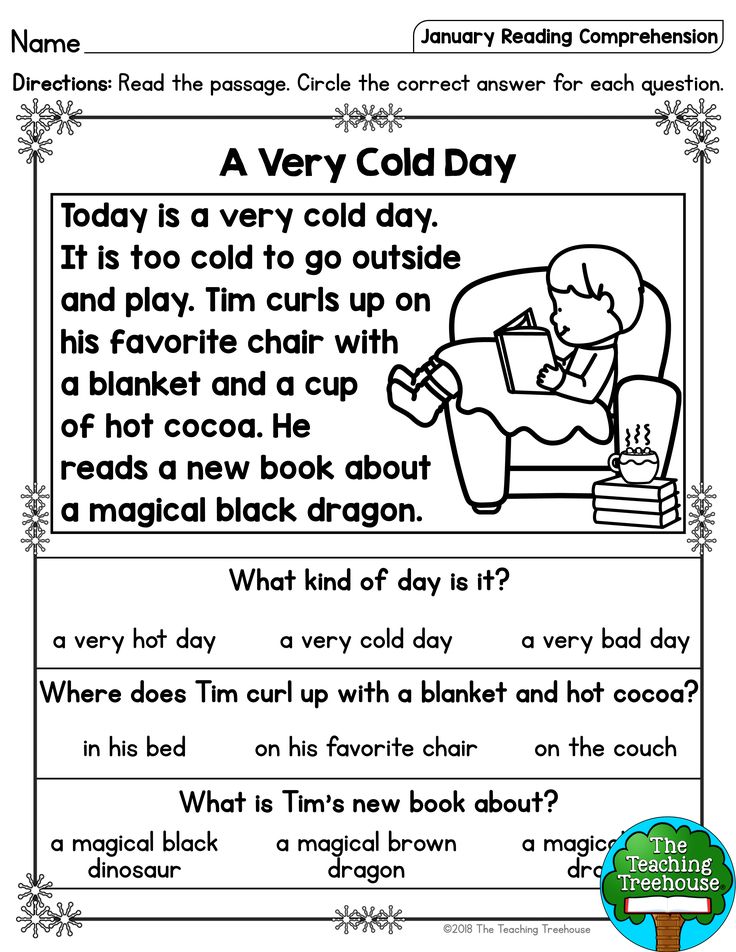 And indeed, what a joy for everyone: you can relax, have fun and frolic. But so that everything that the children have been learning with such difficulty all year is not forgotten over the summer, you need to do a little at home. In the materials of this article you will find tasks for independent work for first-graders in the Russian language.
And indeed, what a joy for everyone: you can relax, have fun and frolic. But so that everything that the children have been learning with such difficulty all year is not forgotten over the summer, you need to do a little at home. In the materials of this article you will find tasks for independent work for first-graders in the Russian language.
Contents
1. Assignments on the topic “Word. Proposal”
2. Assignments on the topic “Sounds of speech. Letters. Alphabet"
3. Tasks on the topic "Syllables and stress"
4. Tasks on the topic "Hard and soft consonants"
5. Tasks on the topic "Insidious voiced and deaf sounds"
6. Tasks for dictations
Tasks on the topic " Word. Suggestion»
The tasks and exercises placed in this section contribute to the development of speech and the formation of graphic skills of first-graders, provide an opportunity to perform individual forms of work, introduce students to creative and cognitive activities.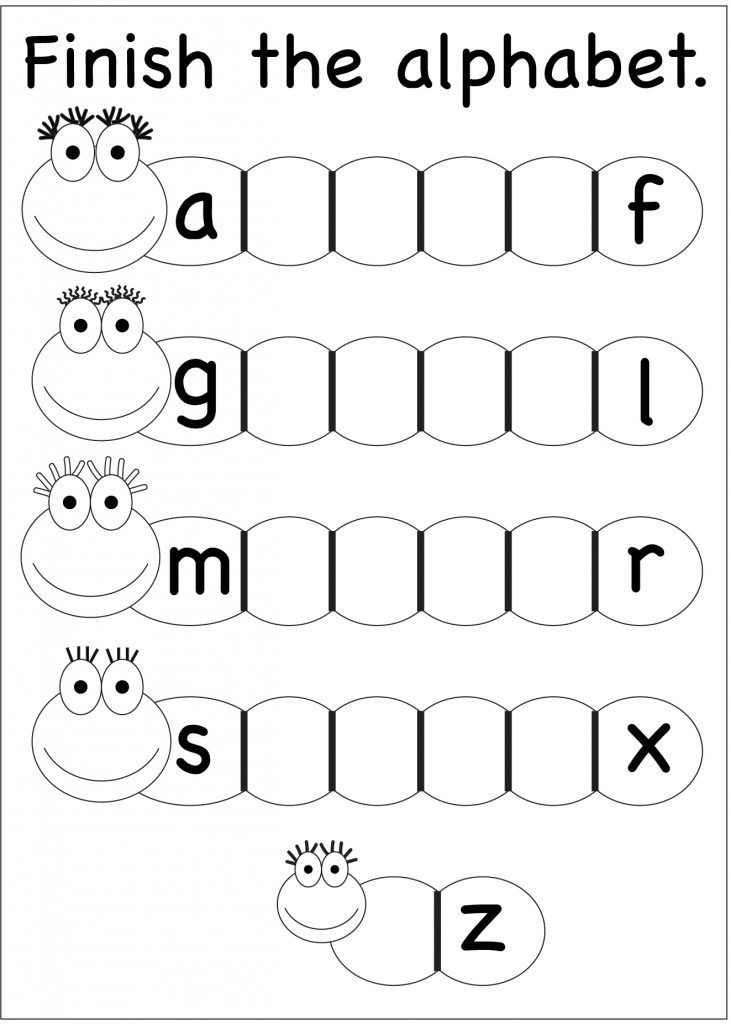
Task 1.
Name the objects shown in the pictures. Tell how they are related. What new words can be added to the given word?
Answer: The picture shows chestnuts: chestnut fruit, chestnut tree, chestnut leaves.
Task 2.
Make correct sentences from the given words and write them in your notebook in the right order.
porch, On, sat down, cat.
shone, fluffy, his fur coat.
eyes, Green, screwed up.
kind, This is the most cat.
Task 3.
It is necessary to complete the sentences in such a way that a coherent story is obtained.
I live in _______. My city is located _______. I go to school number ___. My school is the _______. My classmates_________. In the summer I will rest ______.
Task 4.
Among the proposed letters you need to find the words - the names of animals that live in the Russian Federation.
Oazhiraf hare fox elephant long hippo wolf
Answer: hare, cat, fox, wolf.
Task 5.
Words and phrases are written in two columns. It is necessary to write them in such a way that the correct expressions are obtained.
What you borrowed, do it.
Thank you for what you promised.
What you got for nothing, give it back.
Answer:
Give back what you borrowed.
What you promised, do it.
Thank you for what you received for free.
Task 6.
Self-dictation. The child needs to read the proposed words, remember their spelling, and then try to write them down without errors from memory.
Thank you, sorry, please, see you, goodbye, please excuse me.
Task 7.
It is necessary to read the encrypted phrase, break it into words and write it down in a notebook.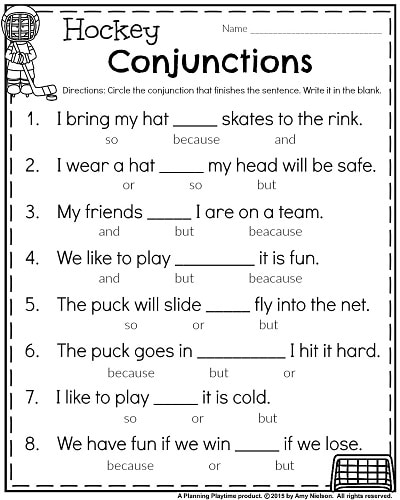
Kindness will return.
Learn to appreciate a kind word.
Golden heart kind heart.
An apple tree stands in the middle of the city.
Bear loves honey very much.
Task 8.
It is necessary to rewrite the suggested words and break them into syllables.
Bee, nose, helicopter, balls, legs, scissors, basket, leaves, bread, honey, bun, pipe, firefly, ant.
Assignments on the topic “Sounds of speech. Letters. Alphabet»
In the first grade, children learn the alphabet, letters and sounds. They already know what sound schemes of words are and know how to compose them. Particular attention should be paid to letters that convey two sounds at once. Below are a few tasks for independent work for first graders.
Task 1.
Read the text and try to make a coherent story based on what you have read.
The word "library" comes from the Greek word "biblion", which means "book".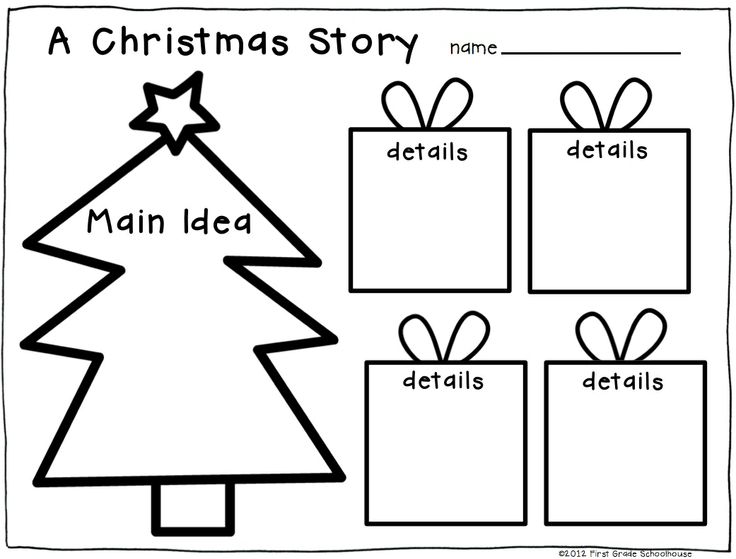 Thus, it can be argued that a library is a place where books are stored. In addition to books, newspapers and magazines are stored in the library, anyone can come to the library and take something to read.
Thus, it can be argued that a library is a place where books are stored. In addition to books, newspapers and magazines are stored in the library, anyone can come to the library and take something to read.
Task 2.
It is necessary to rewrite the text and explain what sounds correspond to the letters in bold.
For a long time in Rus', children learned to read and write from the primer. Each letter in the primer was designated by a word. Writing is one of the greatest inventions of mankind.
Task 3.
Below are sound patterns of words. You need to choose words that match these patterns.
[- o -]
[= o - o]
[- o - o]
[- o \u003d o]
Where is a sign that conveys a solid consonant sound.
= a soft consonant.
o sign representing a vowel sound.
Examples of words for the first scheme: cat, sweat, mouth, slave, garden, etc.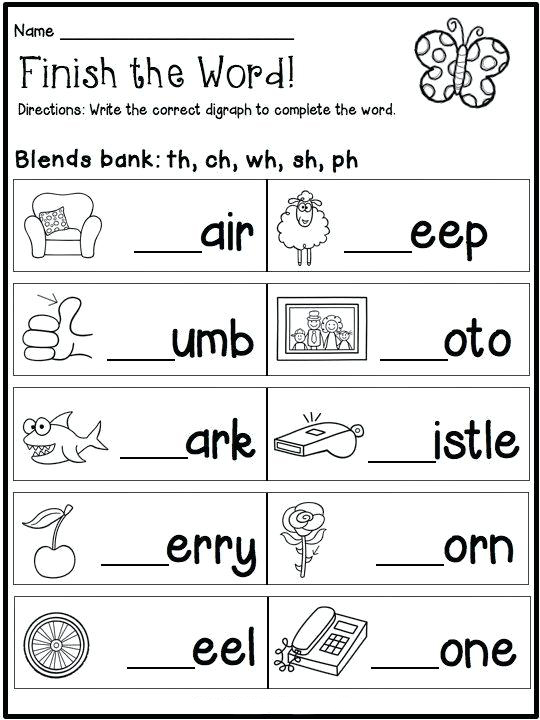
Examples of words for the second scheme: clock, miracle, pike, etc.
Examples of words for the third scheme: foot, hole, fleece, etc.
Examples of words for the fourth scheme: legs, beeches, moose, etc.
Task 4.
It is necessary to complete the words according to the proposed pictures. Underline those letters that convey vowel sounds.
Cucumber, Pepper, Carrot, Tomato.
Task 5.
Make proposals according to the schemes below.
I______, ______, _______, _______ is _______.
I______ _______ _______ _______?
I______ _______ _______ _______!
I______ _______ _______ _______.
Where I_____ is the head word in the sentence.
_____ are the rest of the words in the sentence.
Task 6.
It is necessary to read the words in pairs so that when replacing one letter in the previous word, you can get a new word by meaning and spelling.
Scythe - ko(?)a, fishing rod - u(?)point, haystack - hundred(?), ox - (?)ol.
Write the words in a notebook, underline the replaced letters in each word.
Task 7.
You need to rewrite the text by inserting the missing letters.
Ma_t. It's cold outside the window. And it's warm in the classroom. On the ok_beech_. Willow eyelids stand in baths with water. There are green dots on the branches.
Task 8.
It is necessary to read the words and write out the names of Russian cities from them.
Samara, Moscow, Kiev, Kharkov, Voronezh, Lvov, New York, Mexico City, Simferopol, Sevastopol.
Words that denote the names of cities in Ukraine - divided into syllables.
Task 9.
You need to rewrite the text by inserting the missing letters.
The goldfinch is a dexterous, piercing bird. She has a very beautiful color.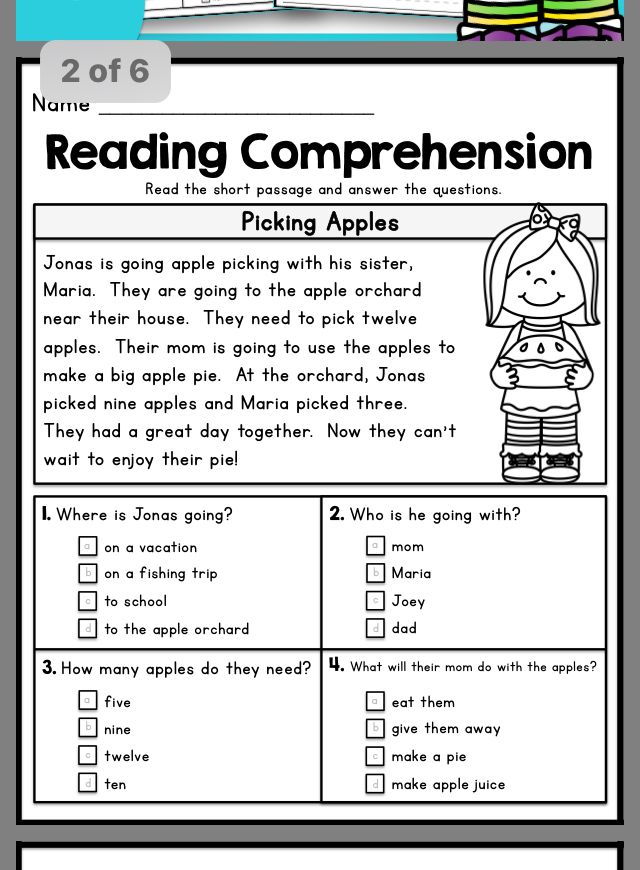 She_ol settles in the garden_ and parks. This bird feeds on seeds and insects. He sings loudly, cheerfully and quickly.
She_ol settles in the garden_ and parks. This bird feeds on seeds and insects. He sings loudly, cheerfully and quickly.
Task 10.
Below is an excerpt from a poem by Korney Chukovsky, but all vowels are omitted. If you correctly arrange the necessary letters, then you can read this passage.
d_ health_ _t a y
m_l_ d_sh_st_ _ s o y and about О
_ p_l_t_nts_ p_sh_st_ _ and about e u u u u u u u u u u u u u u u u u u u u u u u u u u u u u u u u u u u u u u y _bn_y p_r_h_h_h_h_h_h_st_y -g_yb_b_sh_h_sh_k_h_h_h_h_h_h_h_h_sh_ o e e o
Assignments on the topic "Syllables and stress"
Before starting the tasks, you should remember: a part of a word is called a syllable. A word has as many syllables as it has vowels. For example, O-la, be-re-za, bee-la, etc.
Task 1.
Words are suggested below. It is necessary to write them down in three columns: in the first - words with one syllable, in the second - words with two syllables, in the third - words with three syllables.
Horn, cabbage, leg, year, garden, Ira, boy, potato, seagull, T-shirt, tomato, cucumber, pepper, honey.
Answer: the first column is a horn, year, garden, honey. The second column is a leg, Ira, a boy, a seagull, a T-shirt, pepper. The third column is cabbage, potatoes, tomatoes, cucumbers.
Task 2.
It is necessary to rewrite the text, changing the words in brackets according to the meaning. Break the words in brackets into syllables with a pencil.
Good (summer). I go to (river) to swim and catch (fish). And I also read interesting (book).
Answer (we immediately change the words from brackets according to their meaning and divide them into syllables): summer, river, fish, books.
Task 3.
Below are the words. It is necessary to write out only those in which the stress falls on the second syllable.
Tit, swallow, crow, magpie, woodpecker, starling, carnation, road, water lily, petal, chain, telephone.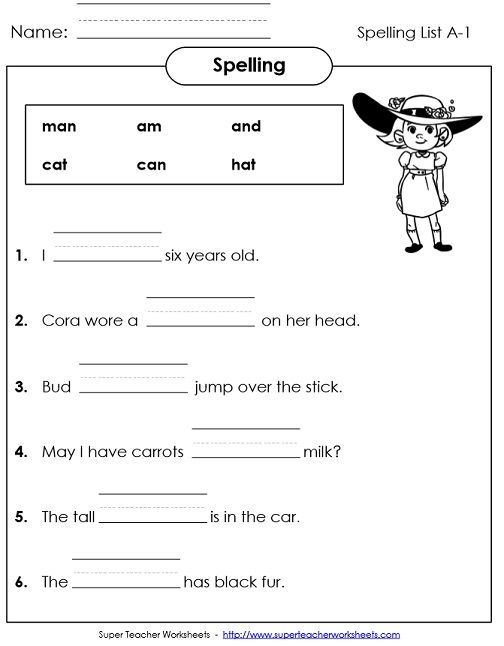
Underline unstressed syllables in these words with a pencil.
Answer: titmouse, crow, magpie, starling, carnation, road, water lily, chain.
Task 4.
Rewrite the text in a notebook, break the words into syllables with a pencil.
During the day, the water lily basks on the water. And dives under water at night. He squeezes the petals into a fist and dives headlong. Comes out of the water in the morning. Again unfold the petals towards the sun.
Answer:
During the day, the pitcher does not live on the water. And the night is diving under the water. Steeze-no-le-pest-ki in ku-la-chok and dive-no with head-lo-howl. In the morning you-ny-rnet out of the water. Again, once again, no le-dog-point-ki on-meeting the sun.
Task 5.
It is necessary to rewrite the text.
Old castle stood on the mountain.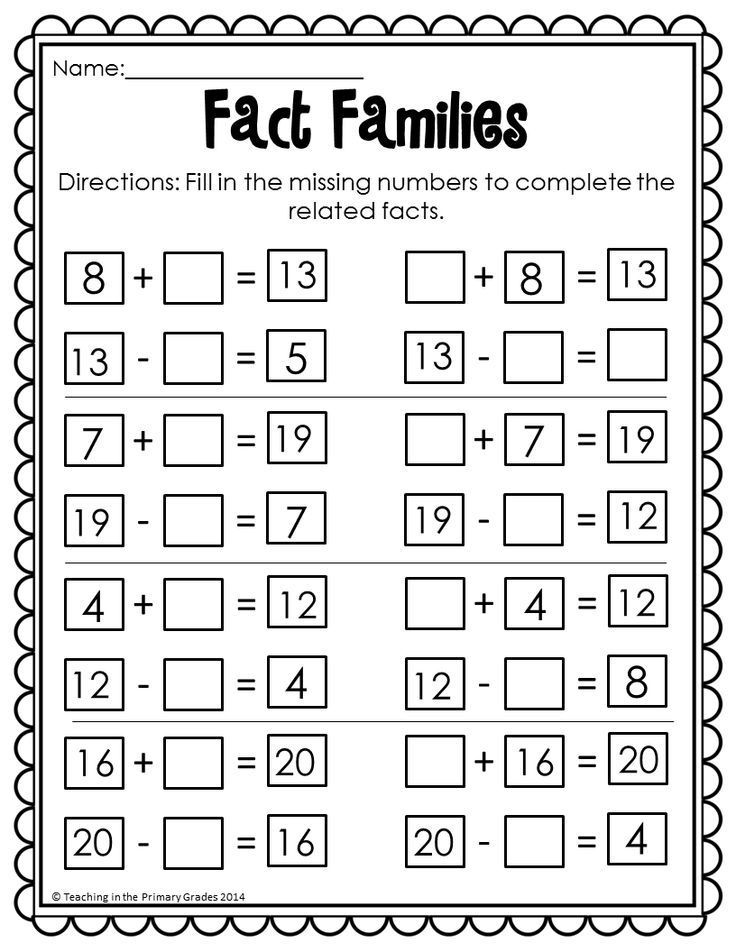 The narrow road led to the castle. To the right of the road - abyss . Near the castle stands for old lantern.
The narrow road led to the castle. To the right of the road - abyss . Near the castle stands for old lantern.
Have your child verbally change the stress on the words in bold. How has the meaning changed? Explain why .
Task 6.
Answer the questions using the reference words in brackets.
The purpose of this task is to develop the student's speech. According to the school curriculum of studying the Russian language, first-graders should be able to correctly compose answers to the questions posed to them. The more complete and detailed the answers to the questions, the better.
Where did the comrades go? (to fish) - Answer: Comrades went to fish.
Where was the lake (outside the field) - Answer: The lake was behind the field.
What did the guys do (thrown fishing rods) - Answer: The guys threw fishing rods.
What kind of fish was caught (ruff and bream) - Answer: Ruff and bream were caught.
Task 7.
It is necessary to write off the words by inserting the missing letters. Underline the combination of "zhi" and "shi" with a pencil.
Sh_shki, puddle, sh_lo, pear_, wide, mach_na, sh_na, press, pencil_, put_t, life, good_e, baby_.
Task 8.
It is necessary to write off the words by inserting the missing letters. With a pencil, underline the combination of “cha”, “sha”, “chu” and “shu”.
Grove_, w_vel, crying_, h_do, treat_, sh_k_ka, h_yka, bream_, h_zhi, h_th, beginning_lo, h_ynik, h_shka, sh_t, h_dak, sh_ch_chey, h_destiny, h_dovische, h_desa, h_sh_, thick_, count_t.
Assignments on the topic "Hard and soft consonants"
It is important to understand here that hard consonants are considered not only those followed by the vowels o, a, y, e, s, but soft consonants - followed by the vowels ё, i, yu, e, and. First graders should already be well aware that the consonants ts, zh and sh are always hard, and the consonants ch and u are always soft, no matter what vowel follows them.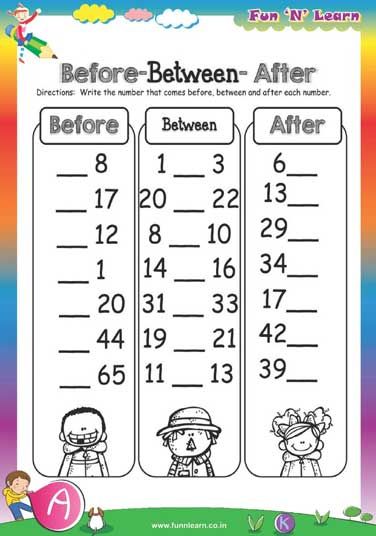
Task 1.
It is necessary to rewrite the text in a notebook, write down all the numbers in words.
Once upon a time there were numbers. Each of them knew who was behind whom. One day they ran away. After 3, the number 5 got up, and after 5 - 9. Number 1 found itself in front of 6. Neighbors 2 became 8 and 7. Trouble!
Hint: “After the three came the number five, and after the five - nine. The number one found itself in front of the six. The neighbors of the deuce were eight and seven.
Underline the syllables with f, c, h. Pay attention to the spelling of the words "animals", "birds", "months", "vegetables".
Moose, deer, bears are wild animals.
Chickens, ducks, turkeys are poultry.
September, October, November are autumn months.
Carrots, potatoes, beans are vegetables.
Task 3.
It is necessary to rewrite the text in a notebook, inserting the missing letters.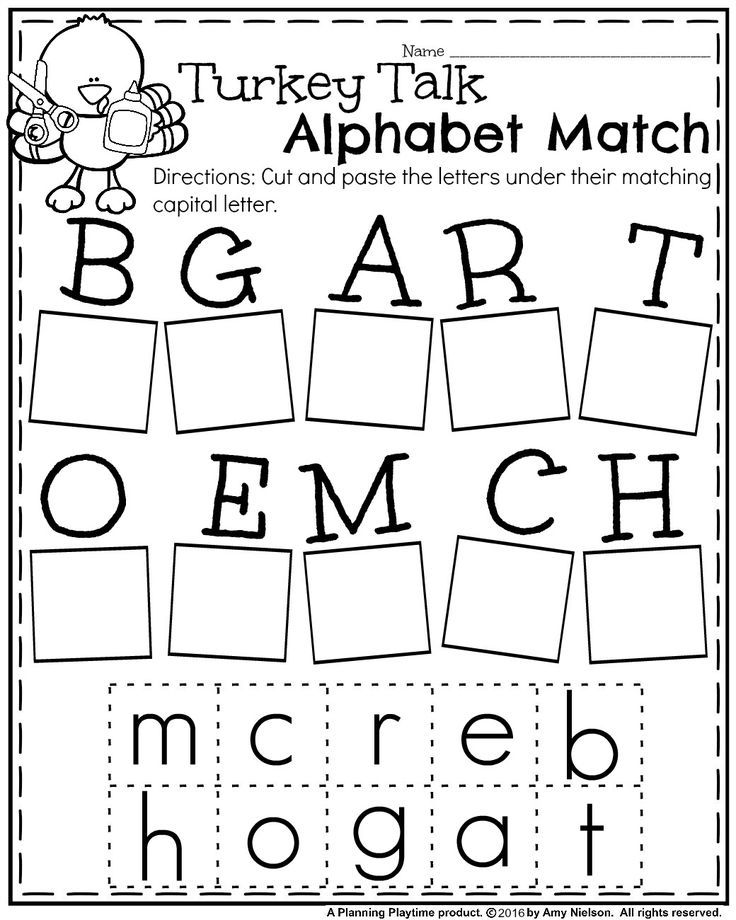
Los_ - a forest dweller_. He eats grass and branches. He needs salt. Foresters put salt_ on foam_ or stone_. Moose come lysat_sol_. Because people help animals.
Underline words with a soft sign at the end.
Task 4.
It is necessary to read the text and write down the words containing the soft sign "ь".
Ants build an anthill in summer. The ant found a bump. He called the brothers. The whole ant family collects needles. There will be a house by the stream.
Make a sound analysis of the written words.
Hint: the soft sign does not convey sound, but makes the letter in front of it soft.
Task 5.
According to the proposed model, complete the missing words.
Sample: ear - ears.
Stream - _______ (streams), tree - ______ (trees), feather - _______ (feathers), stake - ______ (stakes), chair - _______ (chairs).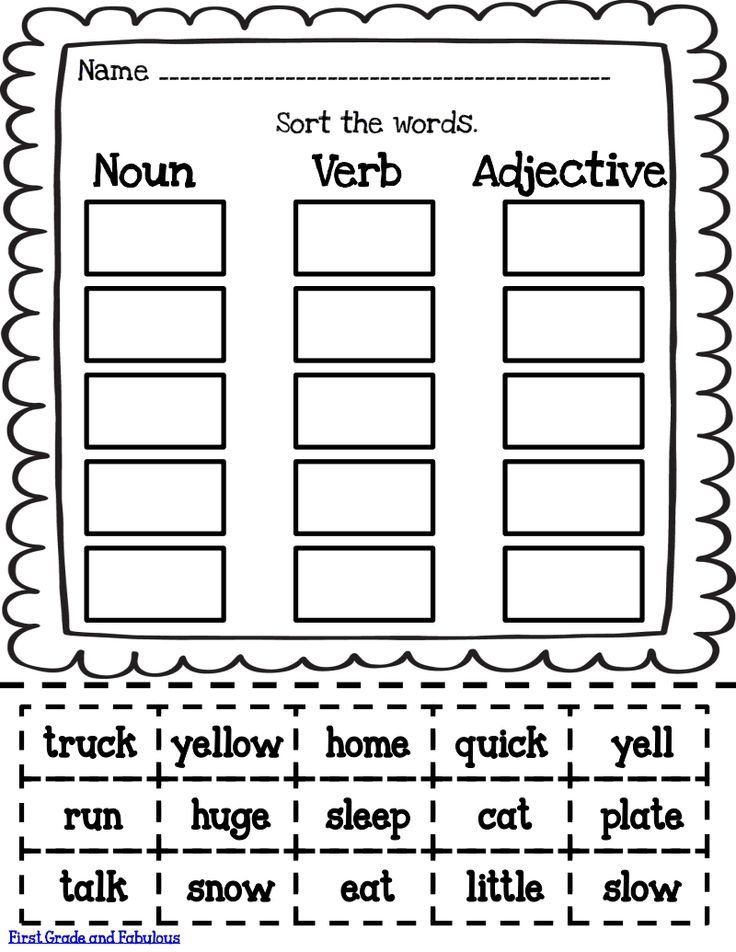
Underline letter combinations with a soft sign.
Assignments on the topic "Insidious voiced and deaf sounds"
"Insidious" sounds here means those that convey another sound. For example, in the word “pond”, a voiced “d” is written at the end, and a deaf “t” is heard. The tasks and exercises below will help first graders learn the material and understand when and how to write.
Task 1.
It is necessary to write down the words and underline insidious sounds with a pencil (ie unstressed deaf and voiced).
Bed - bed, pond - a dime a dozen, twig - twig, hedgehog - hedgehogs, snakes - snakes, snowballs - snowball, meadows - meadow, watermelon - watermelon.
Task 2.
Read the words and write them in pairs in a notebook. Underline the sounds in bold in each word. Name voiced and voiceless sounds.
Shadow - day, grass - firewood, scythe - goat, dust - true story, voice - ear, live - sew.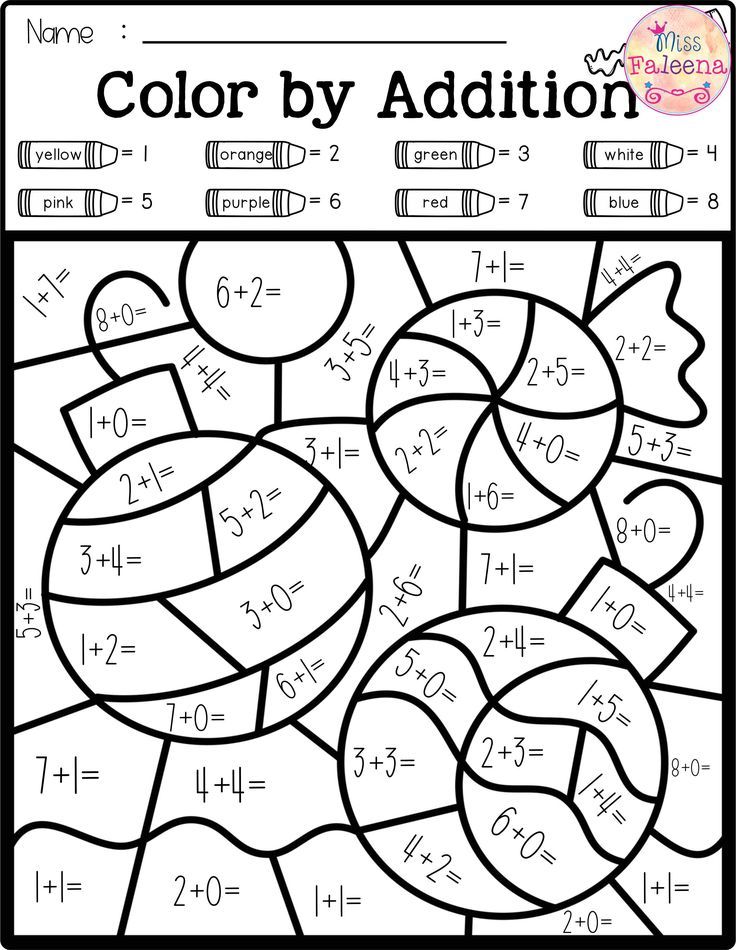
Task 3.
It is necessary to rewrite the text in a notebook. Underline the deaf sounds in insidious words with a pencil.
There is a good pond near our village. A narrow path leads to the pond. Birches and oaks grow along the path. Fishes swim in calm water.
Task 4.
It is necessary to rewrite pairs of words by inserting missing letters.
Sle_ - traces, in_ - wagons, hand_ - sleeves, snow_ - snow, labor_ - work, frost_ - frost, du_ - oaks, sa_ - gardens.
Hint: the spelling of a missing letter must be checked with an accent.
Assignments for dictations
Pupils who have completed the first grade should be able to write small dictations by ear. So that yesterday's first graders do not lose this skill over the summer, parents are advised to conduct dictations for children at least once every 1-2 weeks. Below we present several texts for self-study.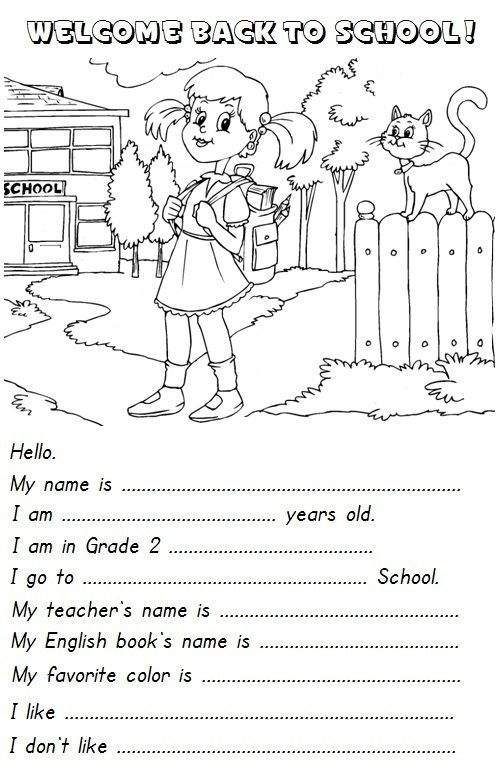
Task 1.
All rivers flow into the seas. Where does the water from the sea go?
The water from the sea rises in mists. From the clouds, water falls to the ground. From the ground, it flows into swamps, streams, rivers. From the rivers, the water flows back into the seas.
Task 2.
Have you seen a dandelion?
Dandelion flowers are like the sun. Dandelion petals like golden rays. They bloom all summer. Their ripened seeds are collected in a fluffy ball. Blow on the ball - light flying seeds will fly into the air.
That's why the flower is called dandelion.
Hint: Help your child to use complex punctuation correctly.
Task 3.
A chameleon is a small descendant of dinosaurs. This animal can change its color. The usual color of a chameleon is green. But it can turn purple, red, brown and even black.
Hint: Help your child to use complex punctuation correctly.
Task 4.
Spring. Veche streams murmur. The bee woke up from winter sleep. She cleared her eyes with her furry paws. Woke up my friend. They fly to collect honey. Bees are hard workers.
Hint: Help your child to use complex punctuation correctly.
Task 5.
Schoolchildren are going to have a rest in summer camp. In the morning the bus pulled up to the school. Everyone was happy to leave. The cars drove out of town. They drove around the field and drove into the forest. The teacher announced the stop. He explained to the schoolchildren where they would live.
Task 6.
Primitive people hunted and worked together. For the hunt to be successful, they needed to communicate. And people have developed a special system of communication - language. He began to allow to express thoughts with the help of words and expressions.
Hint: Help your child to use complex punctuation correctly.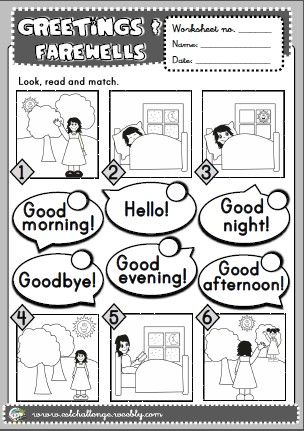
Task 7.
Written speech is written speech. People did not immediately come up with letters. In ancient times, they painted with drawings. Now such a letter can be seen on road signs, shop signs, cafes.
Task 8.
The dog barked furiously, falling on its front paws. Directly in front of her, nestled against the fence, sat a small kitten. He opened his mouth wide and mewed plaintively. Two boys were standing nearby. They drove the dog away and rescued the kitten.
Task 9.
Cold winds are blowing. The first snow fell. Many birds have flown to warmer climes. Sparrows, doves and tits remained. The boy made a bird feeder and filled it with grains and crumbs of bread. Birds will have something to peck at in winter.
Task 10.
The cut grass turned yellow from the hot sun. How nice in the shade of strictly maple! Its green leaves seem to whisper that autumn is still far away.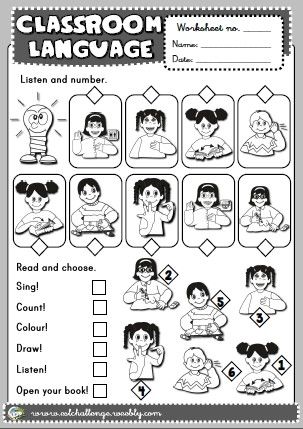
Hint: Help your child to use complex punctuation correctly.
exercises, games and tasks for the summer for the future first grader
Preparing for school / Assignments
Parents no longer need to review dozens of manuals and children's websites. After all, the team LogicLike has prepared everything you need for an easy start and exciting learning.
Assignments for classes online
Find the extra
Count the cubes
Logic tasks
Logic questions
Say a word
Guess by description
Entertaining account
patterns in pictures
How much should a future first grader study?
Start with 5-7 tasks a day and gradually build up.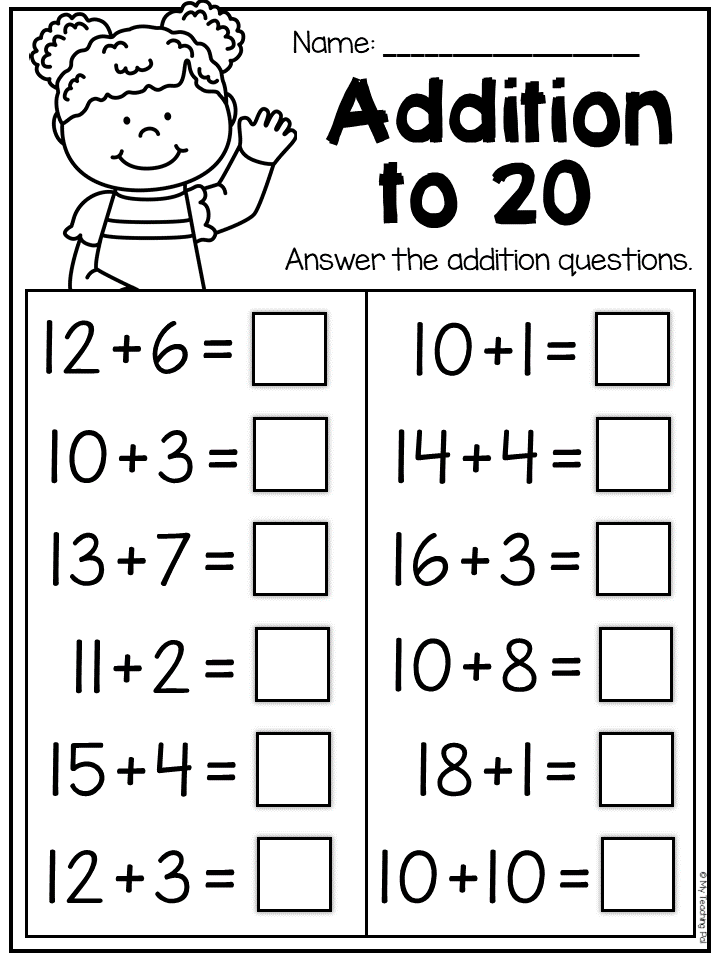
Looking for ideas for offline classes?
Here is a selection of popular developmental tasks and other activities, examples of entertaining assignments from LogicLike.
- We develop voluntary attention.
- We train short-term and long-term memory.
- We develop logical thinking.
- Performing speech therapy exercises.
- Preparing a hand for writing.
We develop attention
Initially, children do not know how to control their attention. They actively respond to everything new and interesting, but can't focus for long on something that doesn't appeal to them.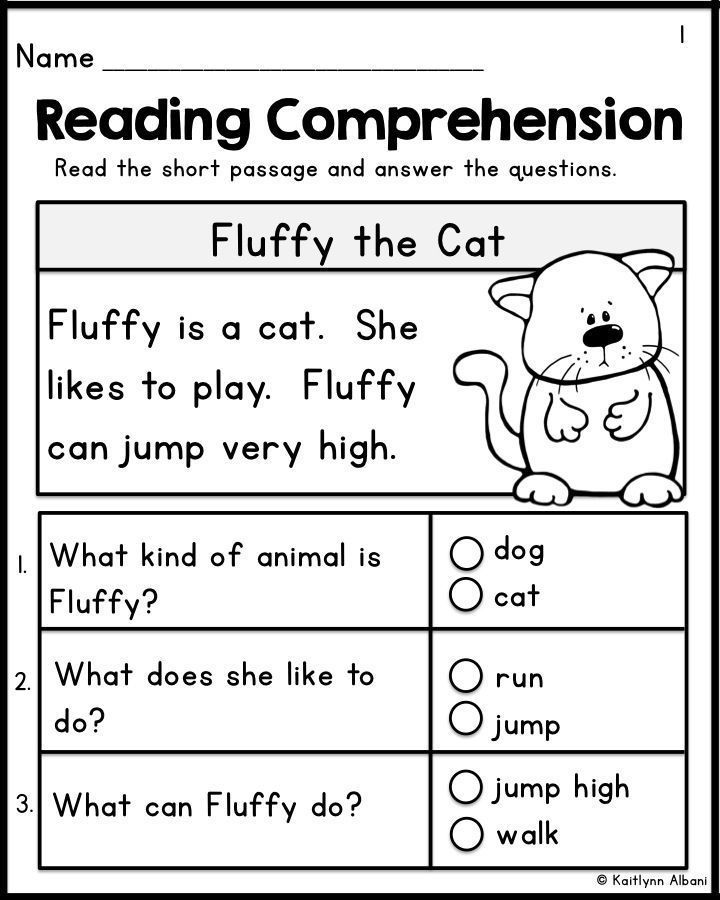 That's why it can be difficult for a first grader to sit through 45 minutes of a lesson without switching to extraneous matters. Games, tasks and exercises to develop attention from LogicLike.
That's why it can be difficult for a first grader to sit through 45 minutes of a lesson without switching to extraneous matters. Games, tasks and exercises to develop attention from LogicLike.
Task "Find and circle"
Give the child a short text (this could be an article from a children's magazine or a printed fairy tale) and invite him to cross out a certain letter in each line, for example, “A”. How can complicate the task? Ask the preschooler to cross out "A" and circle "B", or mark "A" only when it is preceded by a consonant.
Mission "Abracadabra"
On a piece of paper, write down a number of complex non-existent words and offer the child without errors copy them in a notebook:
MAPETLOOJERRAOTINDEBOJA
ZELLOTYMNOSTALLOTOSLAW
ZHAMOTSVANERTALOFOGRODY.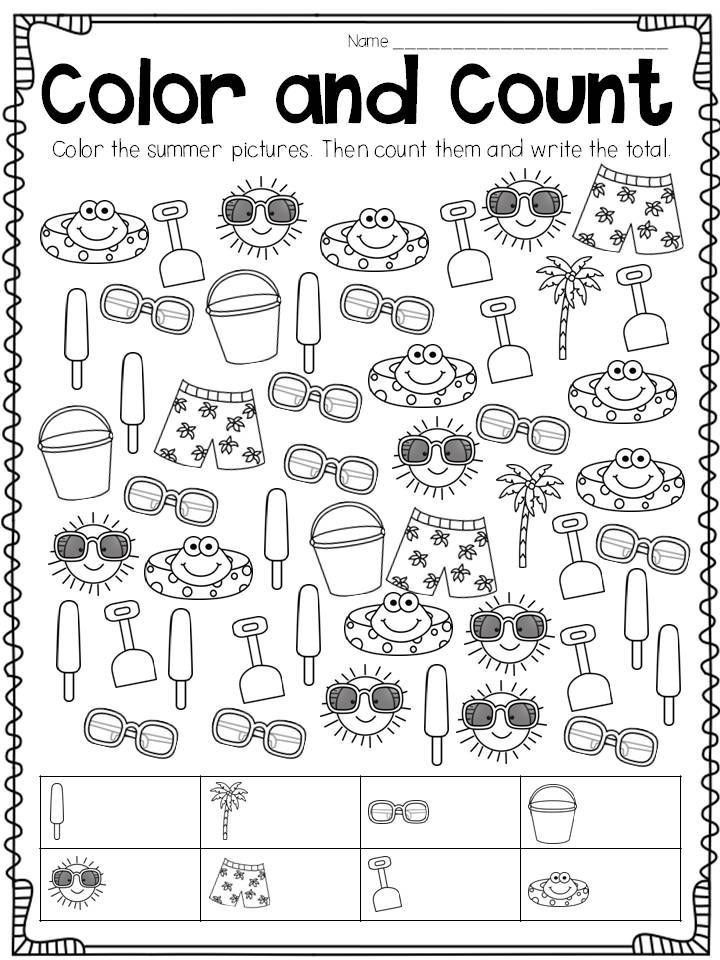
Attention task and spatial thinking
To decide tasks, click Start classes!
Yura made a building out of cubes (fig. on the right). Irishka hid a few cubes.
How many cubes does Yura need to restore the building?
Show answer
Answer:
5.
Exercise "Listen and act"
Name different words (table, bed, cup, pencil, bear, fork, etc.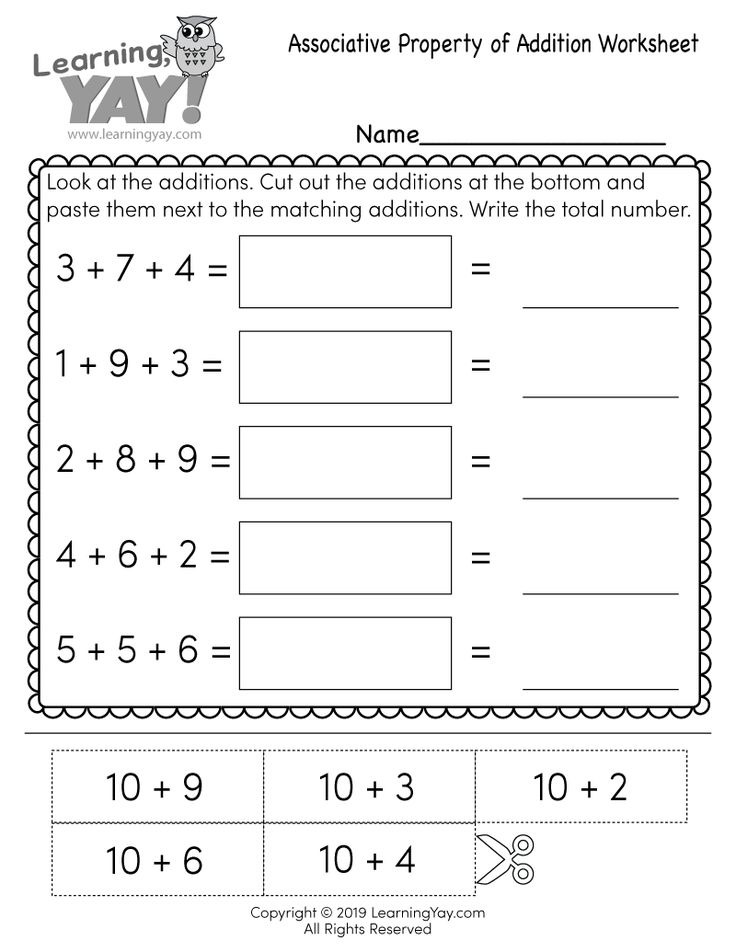 ) and ask clap your hands when the word for an animal comes up. Increasing the difficulty: now it will be necessary to get up every time you hear the name of the plant. Connect two parts of the exercise. If it's easy, add another action.
) and ask clap your hands when the word for an animal comes up. Increasing the difficulty: now it will be necessary to get up every time you hear the name of the plant. Connect two parts of the exercise. If it's easy, add another action.
Exercise "Show me"
Name the parts of the body and point to them. And the child must repeat the words and show on himself. Then start to confuse him: say "hand" and point to the leg, etc.
We develop memory
Like attention, the memory of a preschooler only passes from involuntary to controlled: he quickly memorizes verses with bright and interesting images, but learns boring texts with difficulty.
Tasks and exercises for the development of memory will help the future first grader to better absorb any useful new information.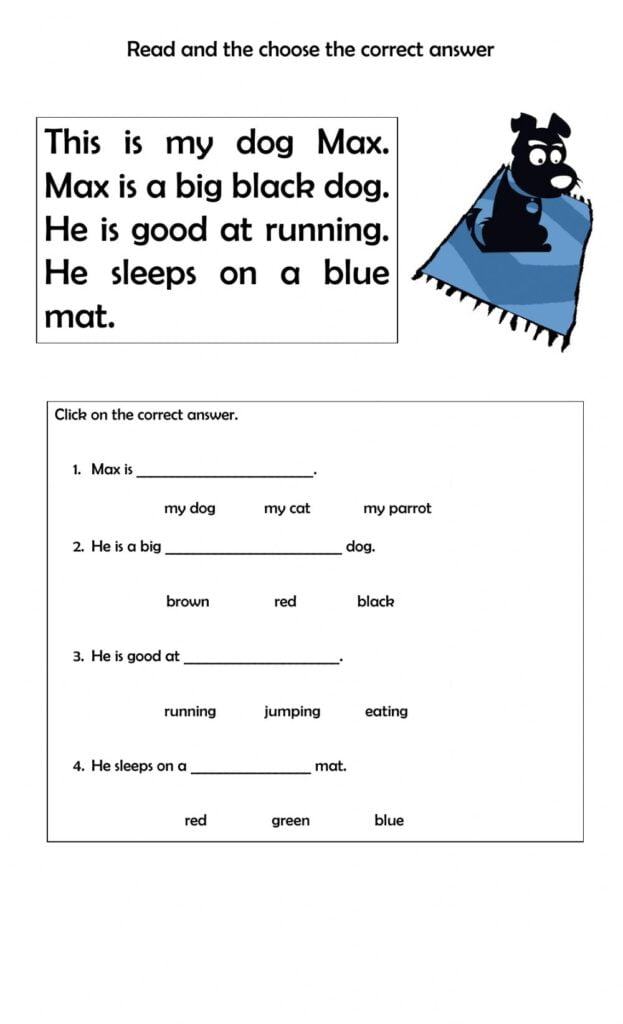
The task "Chain of words: listen and remember"
Out of ten spoken words, an older preschooler (6-7 years old) is able to remember about seven. Let's check how well your child's memory is developed?
Chain of words to check: bedroom, vase, tiger, oval, square, rhombus, wolf, fish, winter, hare, house, sun, hedgehog, cloud.
Task "Pairs of words"
Read all pairs of words. Then call only the first and wait for the second in response:
autumn - rain; vase - flowers; doll - dress;
cup - saucer; book - page; water - fish;
machine - wheel; house - window; hours are arrows.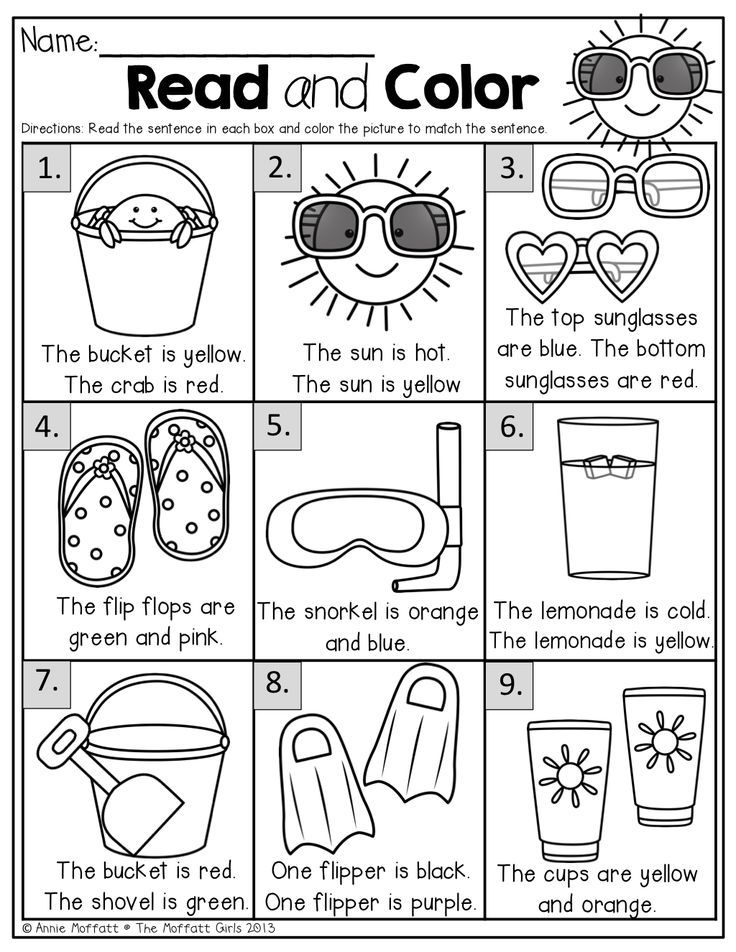
Good to know. Russian psychologist Lev Vygotsky advised teaching a child several techniques that will help him memorize information easier:
- repeat aloud and to himself;
- mentally fix some objects through others, creating associations;
- to combine objects into groups, highlighting their similarities or differences.
Exercise "Remember and describe"
After a joint walk, remember what interesting things you saw on the street. Perhaps it was a bright sign or a passer-by with a funny dog. Ask the child to describe the object in detail.
Exercise "Repeat the figure"
Take counting sticks, lay out an intricate figure from them and give the preschooler time to for him to remember.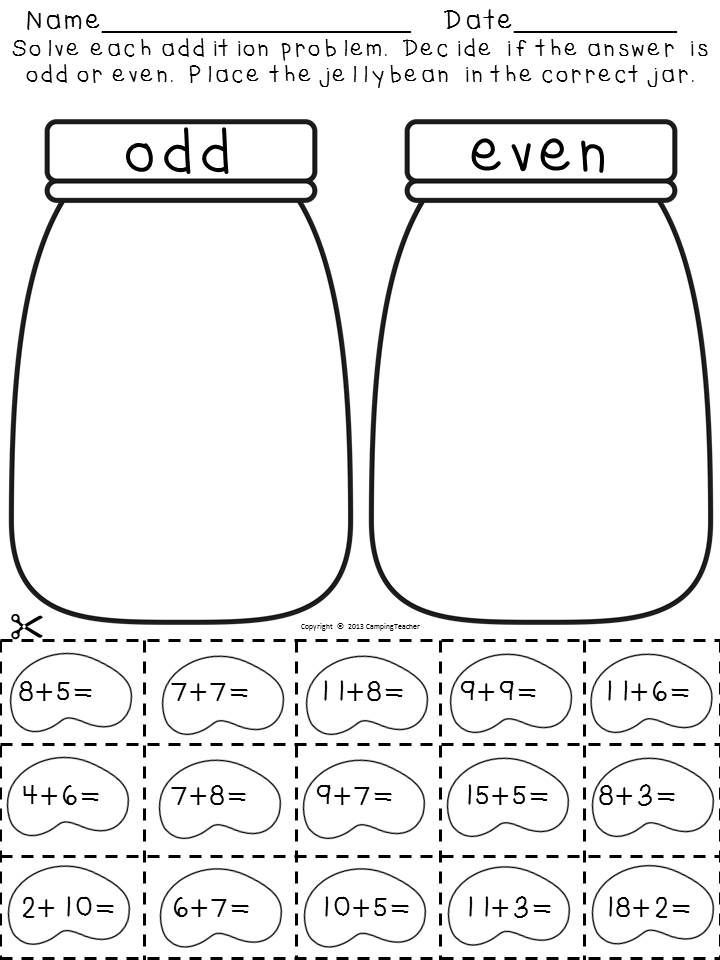 Suggest from memory to depict the same composition of counting sticks.
Suggest from memory to depict the same composition of counting sticks.
More ideas - in the material "Games, developing thinking, memory, attention.
Online games for training memory and attention
You can develop the speed of perception, reaction and visual memory with ease. Suggest to the child try our game "Master Schulte".
We develop thinking
Children with developed thinking more easily absorb new knowledge and come up with how to apply.
When children complete LogicLike's pre-school assignments, they learn to analyze information, establish relationships between objects, divide them into groups, compare and generalize.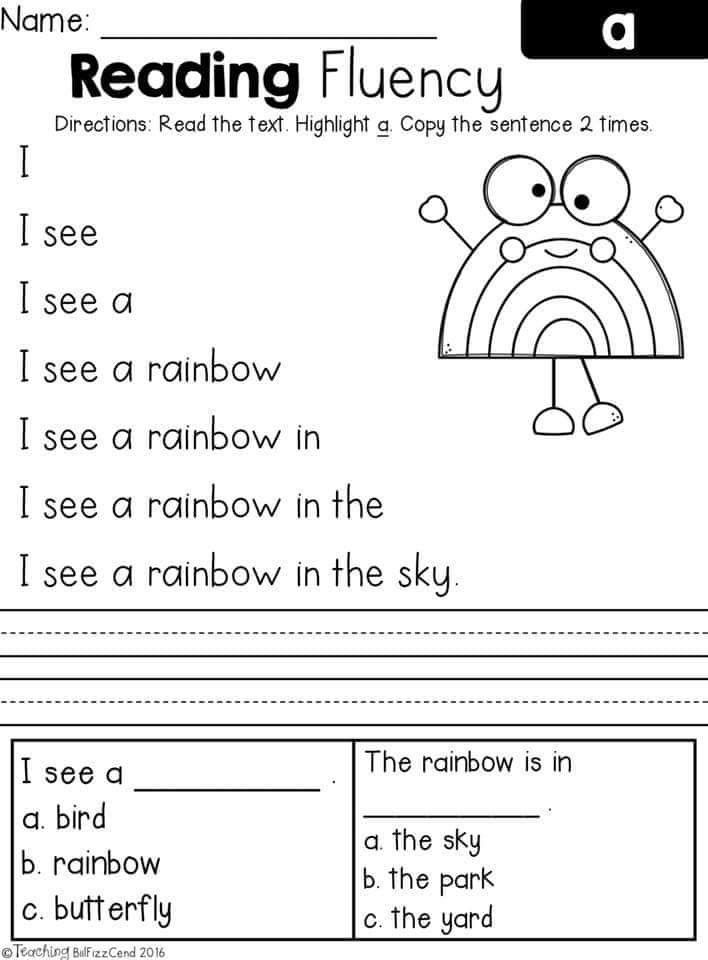
Learn more about the development of logic and thinking in children.
Start with age-appropriate tasks
- 5-6 years
- 6-7 years
- 1 class
It can be difficult for a preschooler to understand all the variety of tasks and exercises. on one's own. To facilitate the first steps, we recommend completing 5-7 tasks from each category together with child.
"What, why and why?"
Reflect together on the following questions:
In the morning we have breakfast, and at noon - .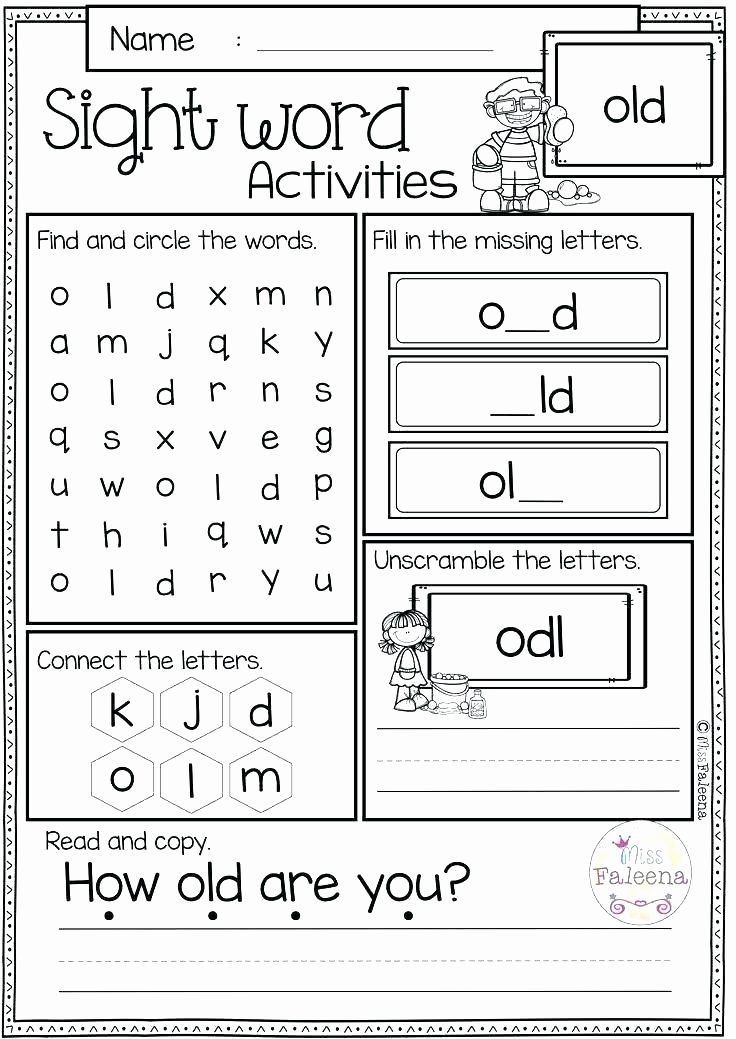 ..?
..?
Why, before the train passes, barriers are lowered along the track?
A small cow is a calf, a baby lamb is...?
Is the dog more like a cat or a chicken? What, what do they have in common?
Why do all cars have brakes?
Why do you need to put a stamp on a letter?
"Which word is missing?"
In each row you need to find an extra word:
old, decrepit, small, dilapidated;
Brave, evil, courageous, bold;
Apple, plum, cucumber, pear;
Milk, cottage cheese, sour cream, bread;
Hour, minute, summer, second;
Spoon, plate, bag, pan;
Dress, hat, shirt, sweater;
Soap, toothpaste, broom, shampoo;
Birch, oak, pine, strawberry;
Book, TV, tape recorder, radio.
The fourth extra task
On the LogicLike platform, you can perform similar and other tasks for the development of thinking in interactive format. Example from our database:
To decide tasks, click Start classes!
See more tasks like "Find an extra word or item".
Exercise "Who is more?"
Invite the child to name as many words as possible that stand for specific concepts: trees, flowers, modes of transport, sports, etc.
Exercise "Important words"
Name one concept (garden) and add accompanying words to it (plants, gardener, fence, Earth).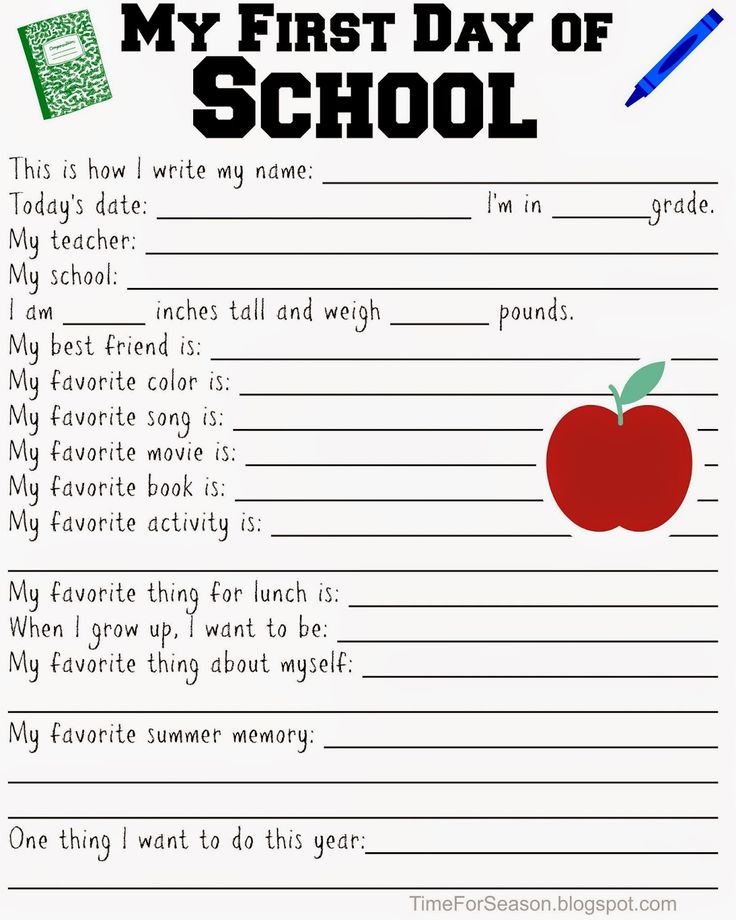 Ask the child to choose the two most important of them, without which the main subject cannot get by. Ask questions to understand why he chose certain words. Examples of other pairs: shop - seller, milk, counter, money; water park - inflatable circle, slides, water, bathing suit.
Ask the child to choose the two most important of them, without which the main subject cannot get by. Ask questions to understand why he chose certain words. Examples of other pairs: shop - seller, milk, counter, money; water park - inflatable circle, slides, water, bathing suit.
Logic task
Logic problem solving is one of the most effective ways to develop thinking. We create a variety of entertaining tasks that are interesting to solve for children and adults.
To decide tasks, click Start classes!
We develop speech
An older preschooler can easily pronounce sounds, knows how to build complex, but coherent sentences.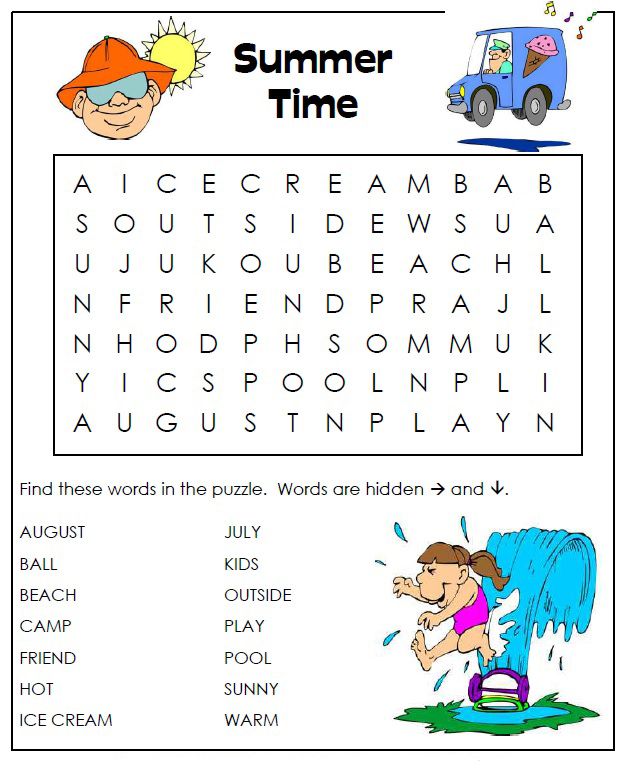 His vocabulary has increased: if at 3 years old the child knew about 1200 words, then at 6 years old - at three times more. Active communication and solving tasks and exercises for the development of speech will help a preschooler to speak beautifully and fluently.
His vocabulary has increased: if at 3 years old the child knew about 1200 words, then at 6 years old - at three times more. Active communication and solving tasks and exercises for the development of speech will help a preschooler to speak beautifully and fluently.
"Warm-up for the tongue"
Learn a few tongue twisters together and practice pronouncing them without hesitation:
Marina pickled mushrooms, Marina sorted raspberries;
The hedgehog chewed blackberry jelly in his dwelling;
The cat lapped up the milk, and Vitya dipped the roll into the milk;
Senya carries hay in the canopy, Senya will sleep in the hay;
Dima gives melons to Dina, Dima gives melons to Dina;
Mom, you don’t look for us, we pinch sorrel on cabbage soup.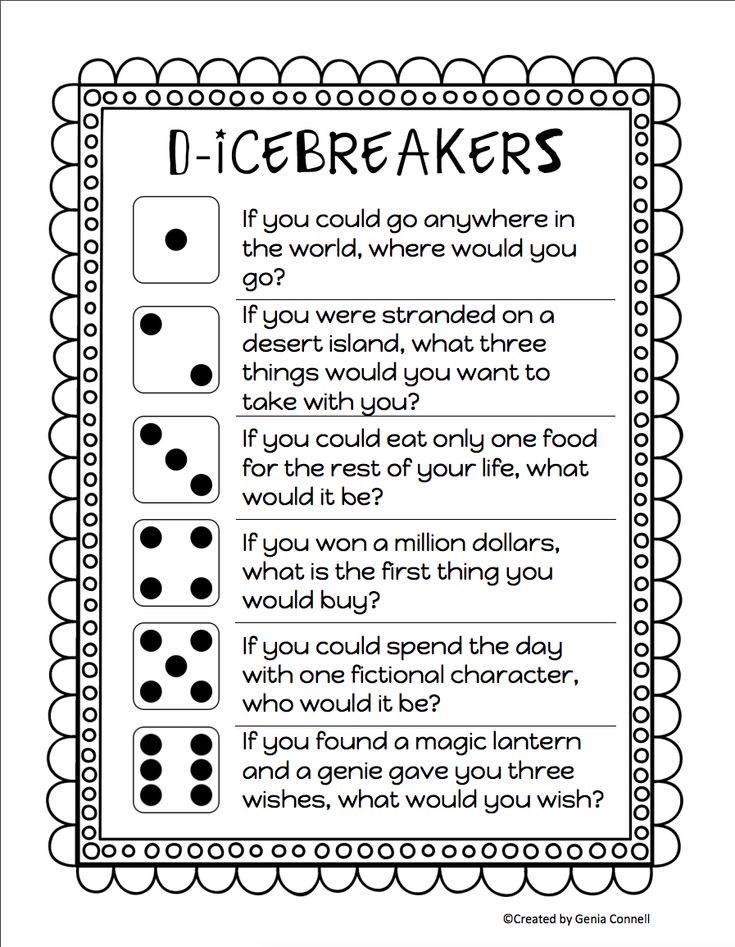
Quest "I know everything"
Read the word and ask them to explain its meaning. Example: the word "chair". To which group objects it belongs to (furniture), what it is made of (wood), why it is needed (to sit on German)? Words for completing the task: notebook, plane, pencil, table.
Exercise "Tell me what you see"
Take a book with bright plot illustrations, choose an entertaining picture and ask questions about her: who? what is he doing? When? For what? Why? Suggestive phrases will help to talk: “What do you think?”, “Have you ever met such a thing?” and so on.
Exercise "Journalist"
Offer to play journalist and interview you.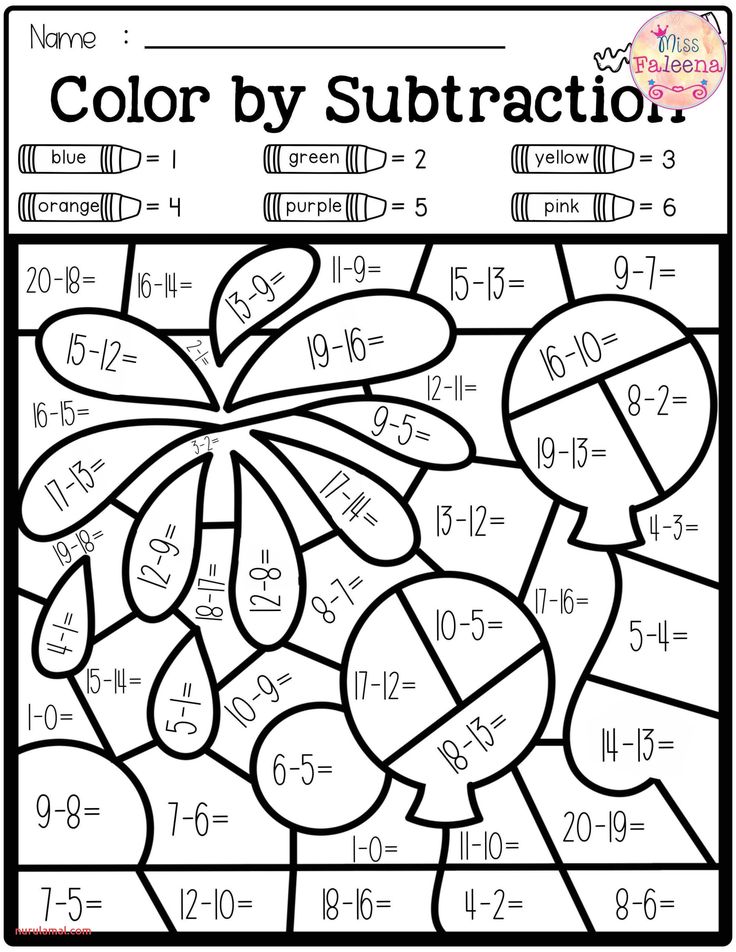 Can you imagine being a singer actor, athlete Existing or fictional - it doesn’t matter, the main thing is to ignite interest in child. During this exercise, you will have a good time and learn how to correctly build dialogues.
Can you imagine being a singer actor, athlete Existing or fictional - it doesn’t matter, the main thing is to ignite interest in child. During this exercise, you will have a good time and learn how to correctly build dialogues.
We develop fine motor skills
“A child’s mind is at his fingertips,” the Soviet teacher rightly stated. Vasily Sukhomlinsky. Do exercises that simultaneously prepare your hand for writing and stimulate the development of speech and thinking.
Exercise "Our hobbies"
Origami, paper applications, modeling from plasticine, dough or "space" sand, assembly building blocks or puzzles are all great ways to develop fine motor skills.